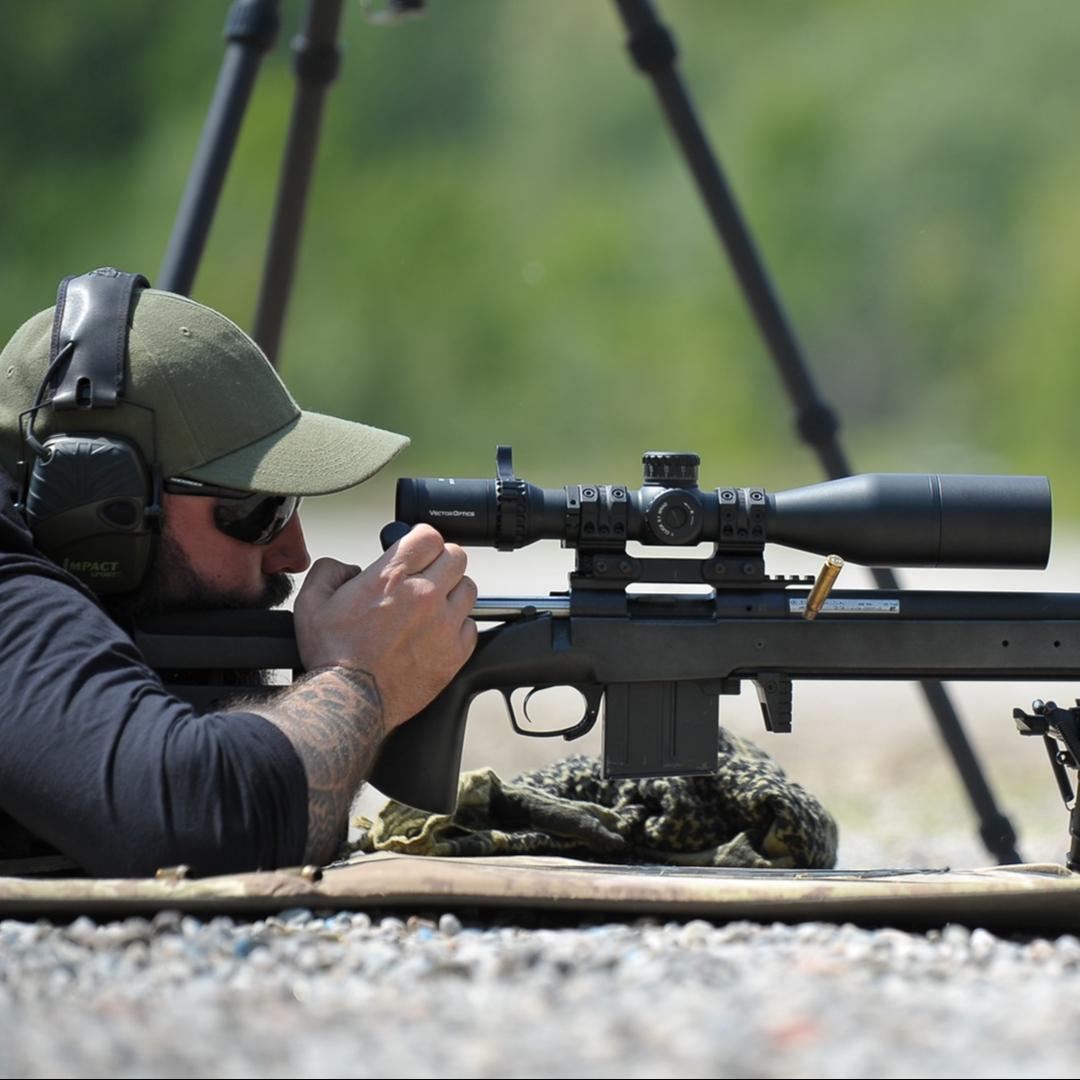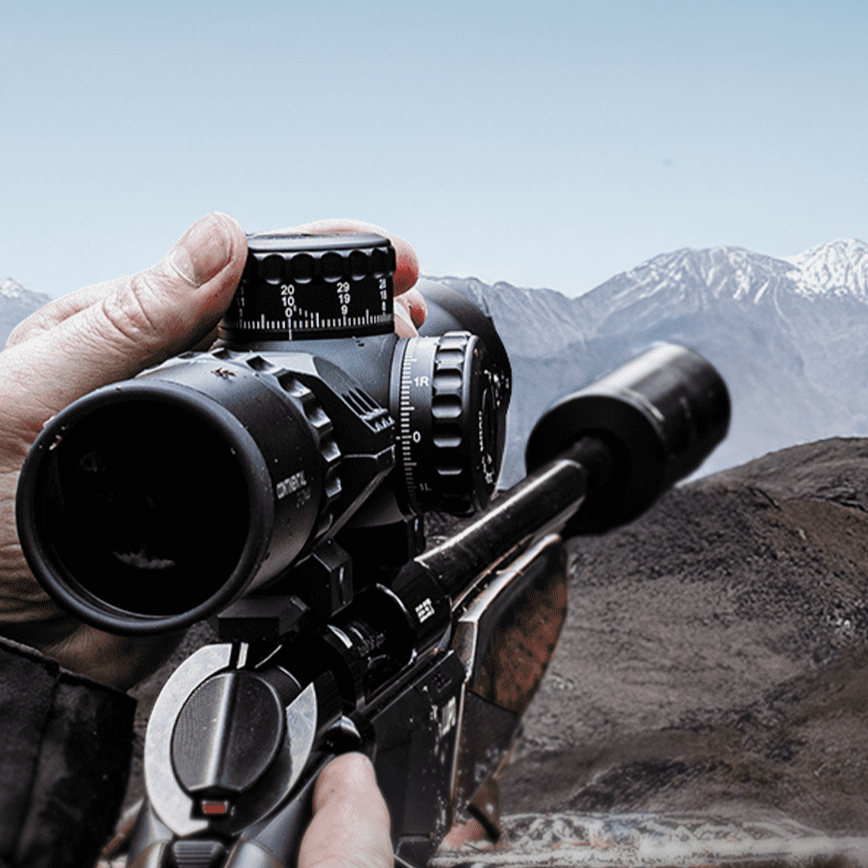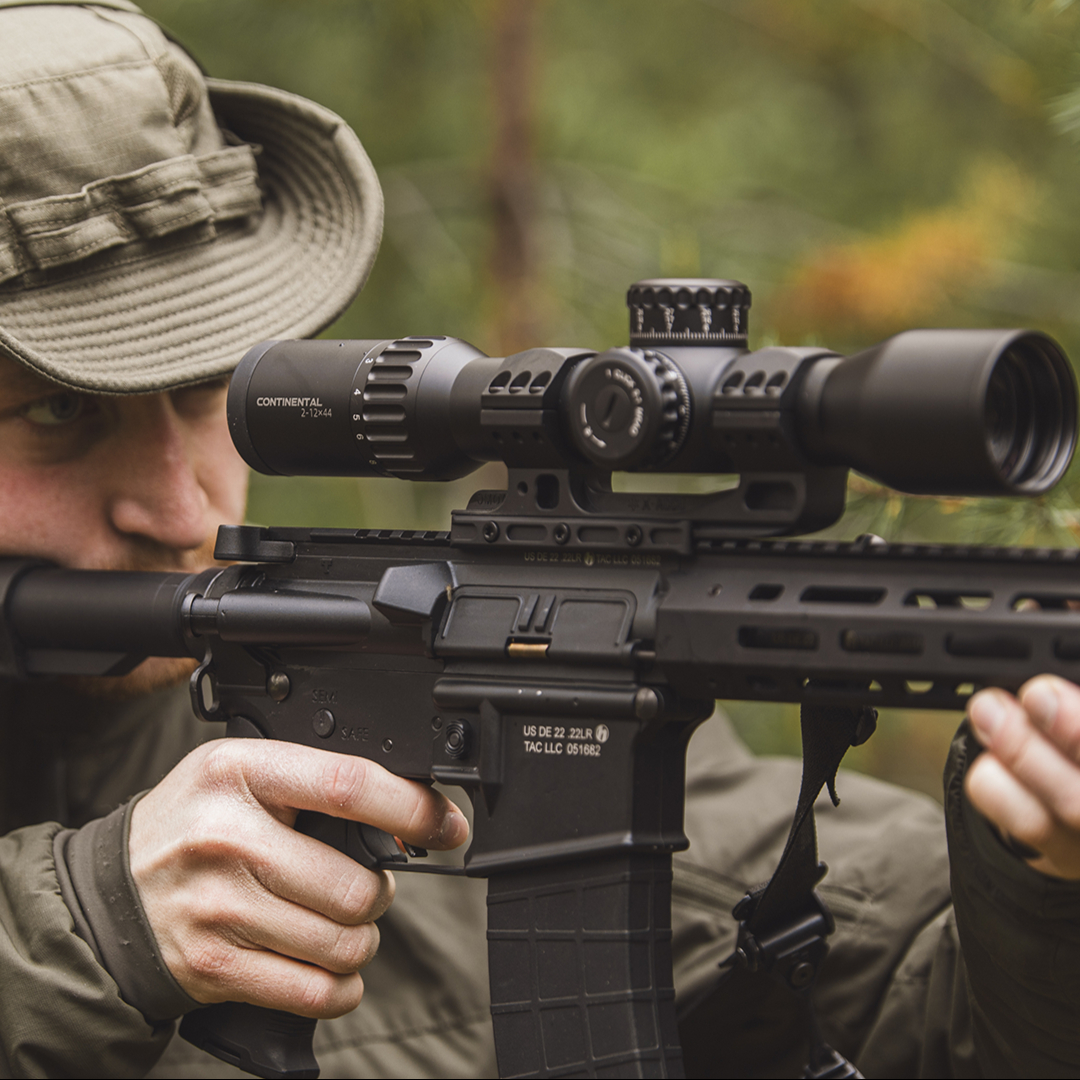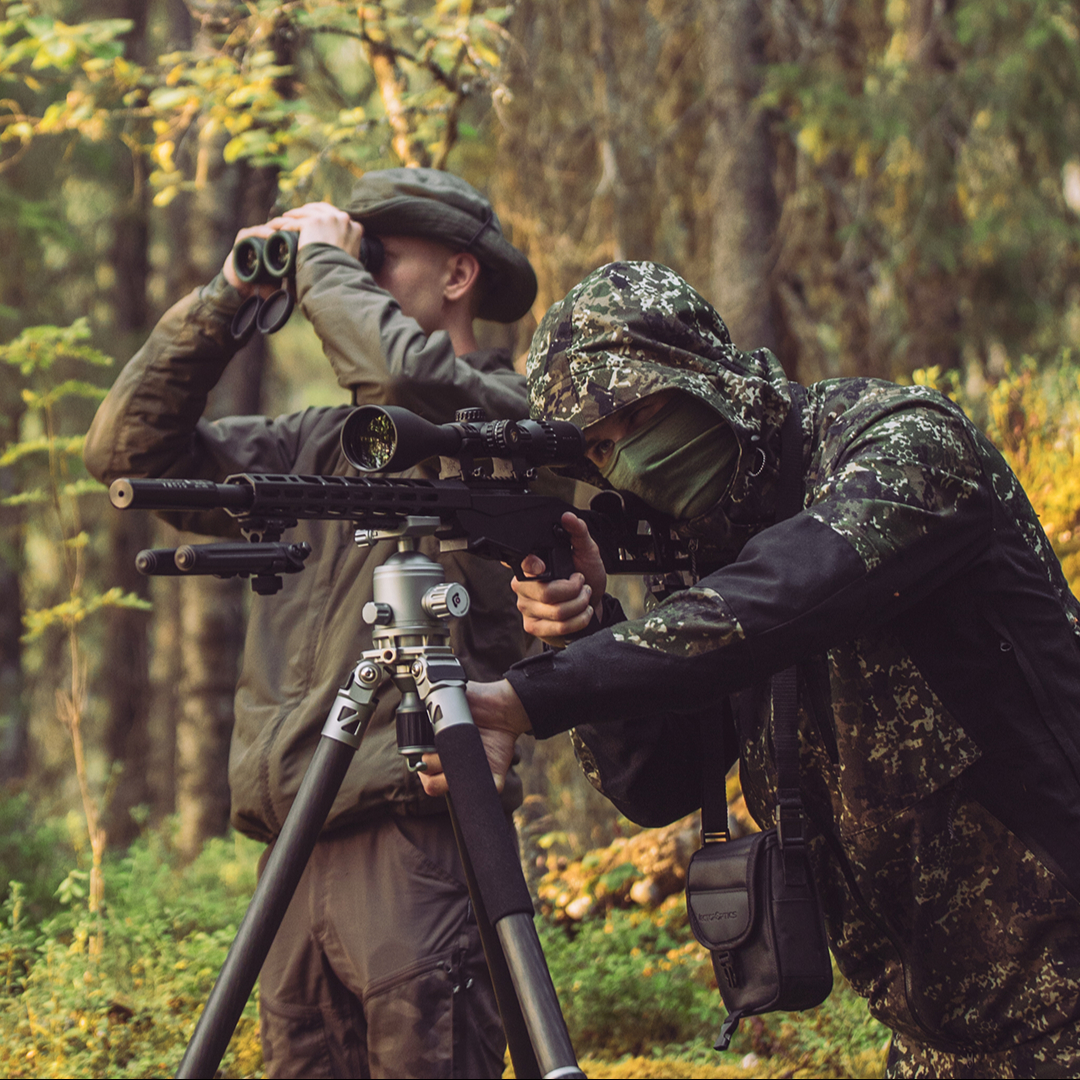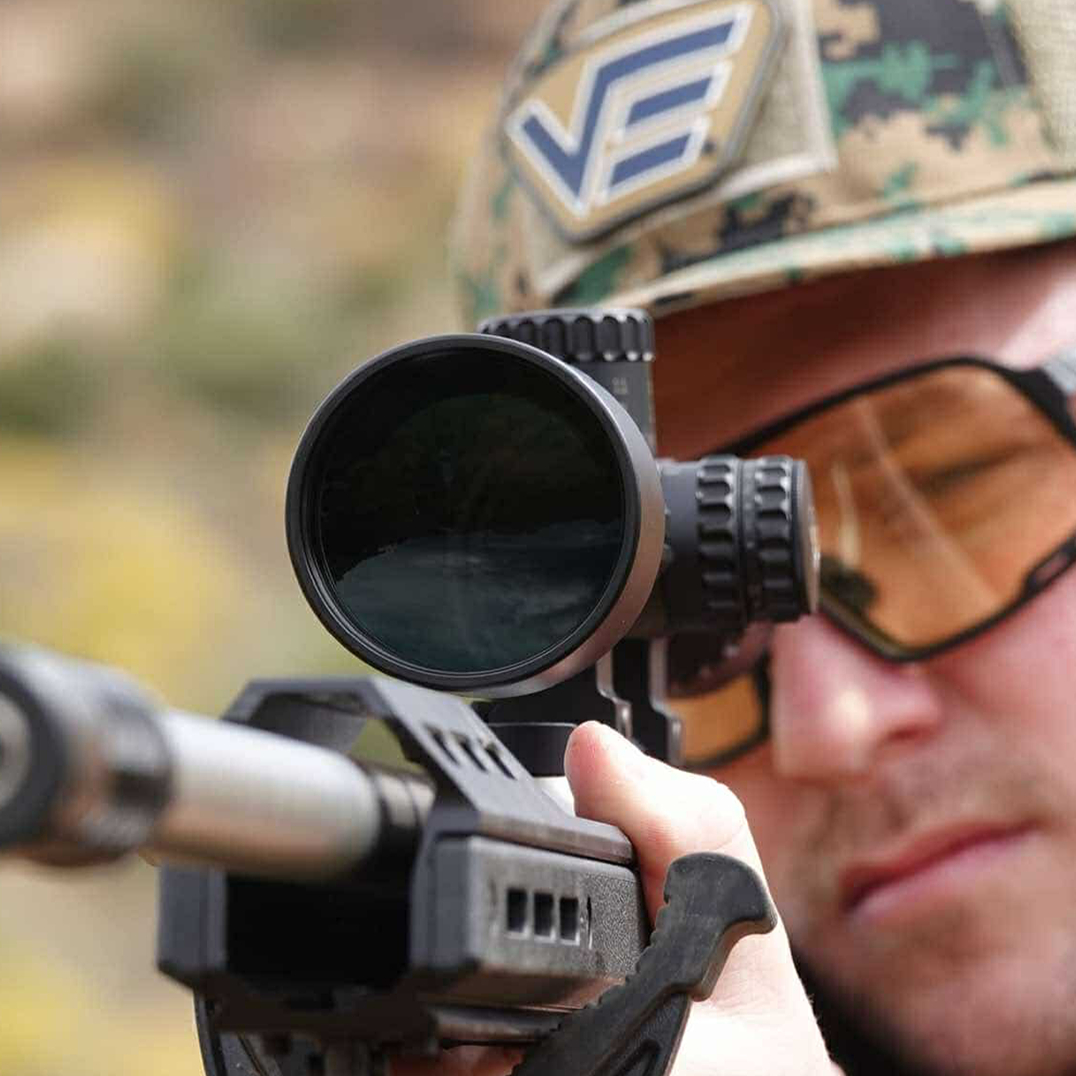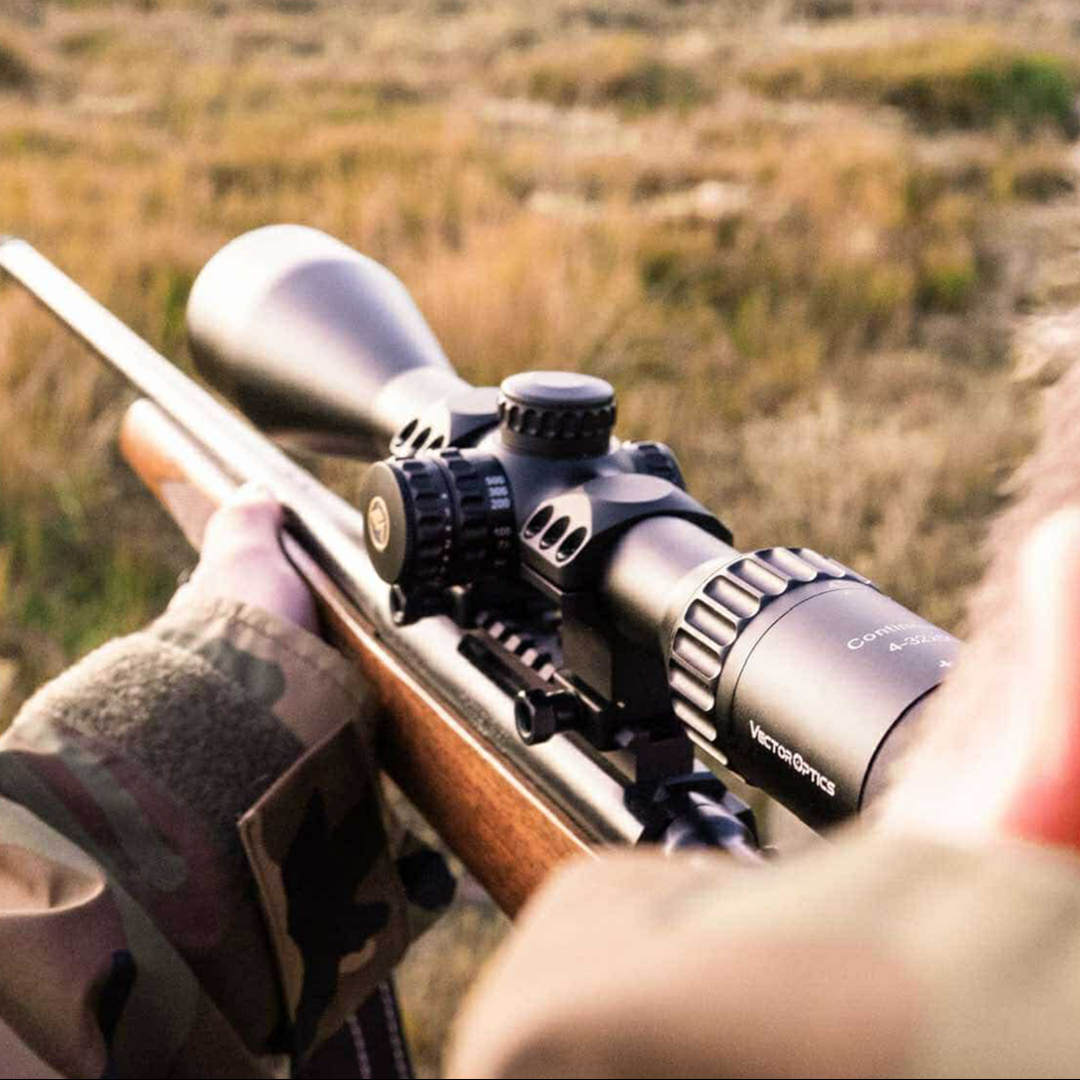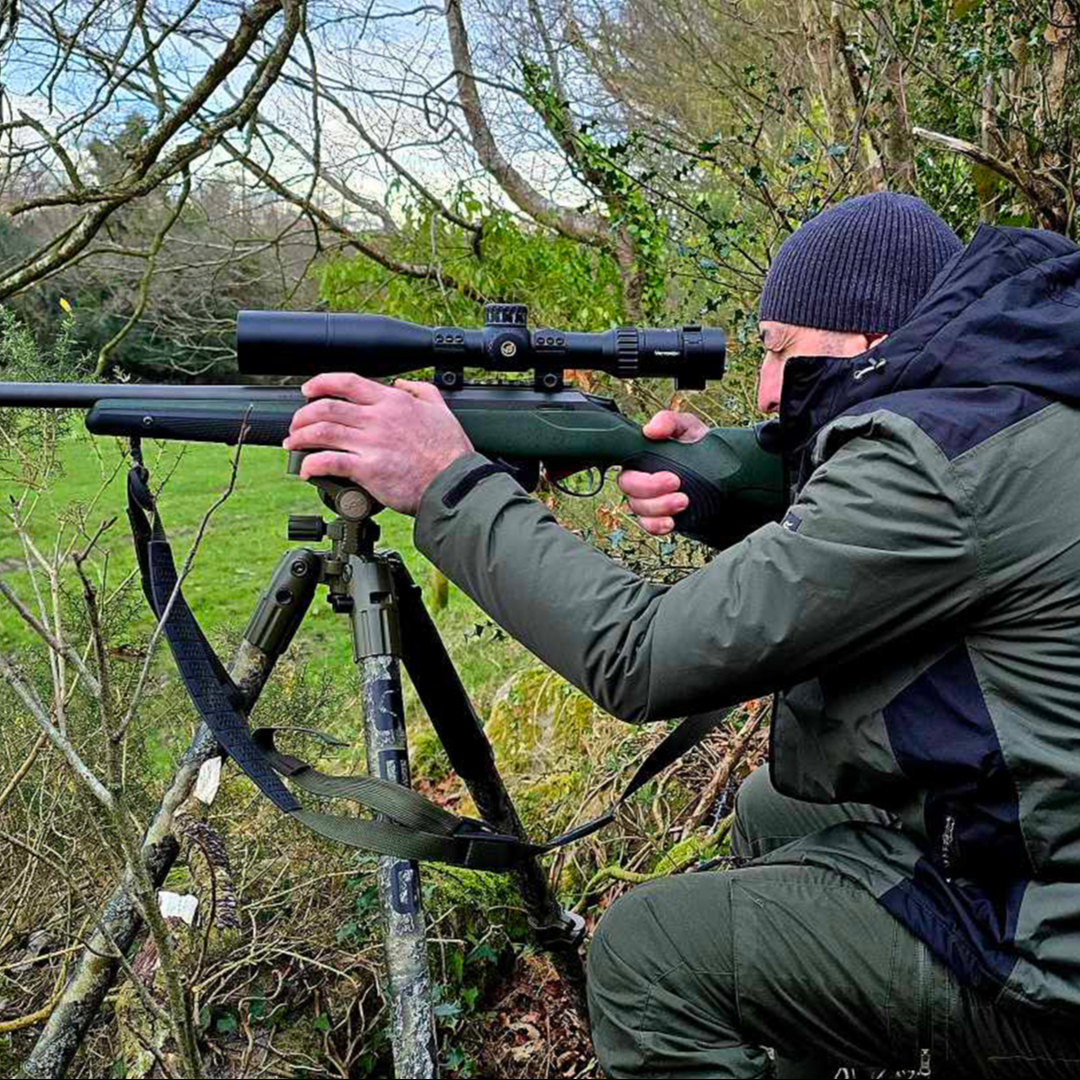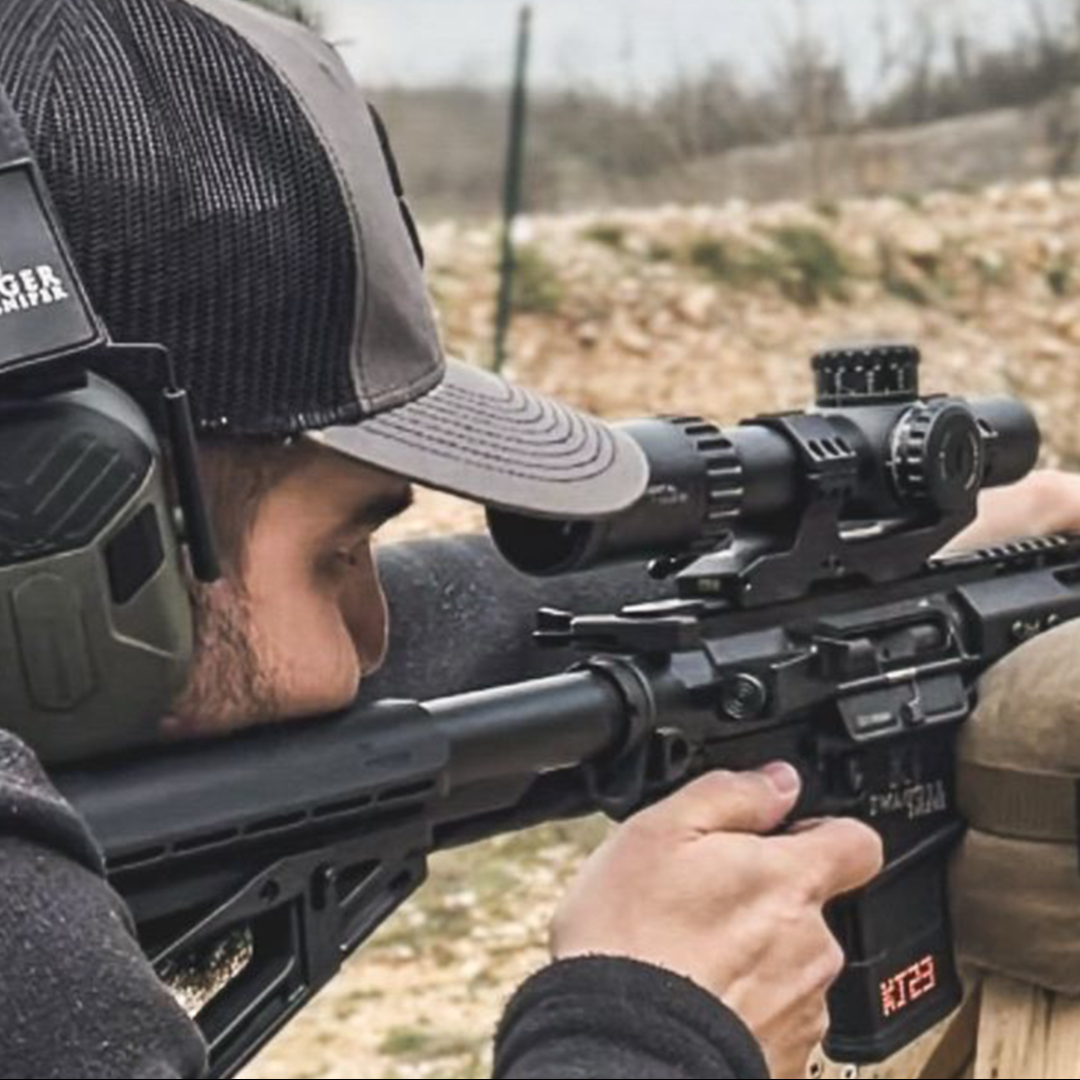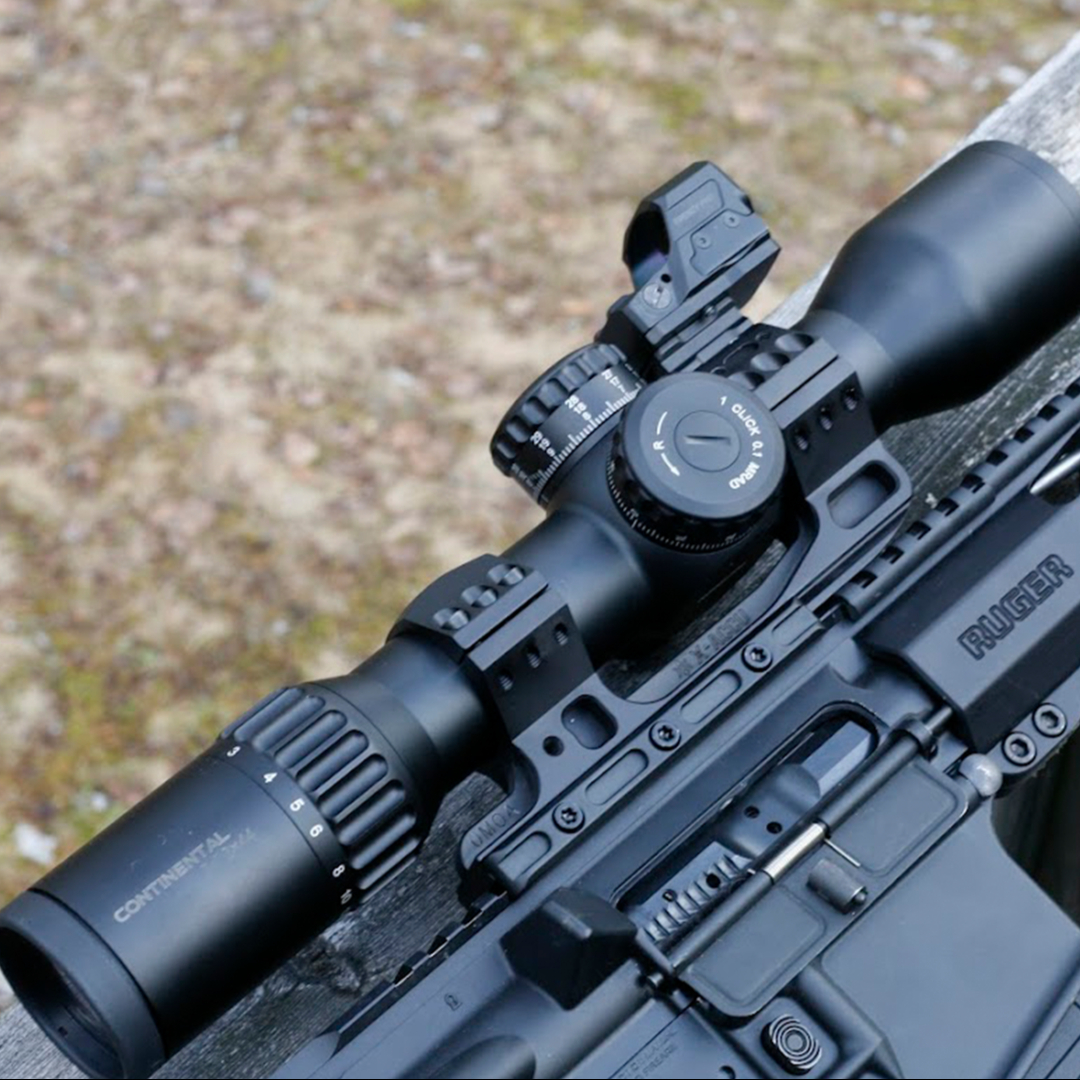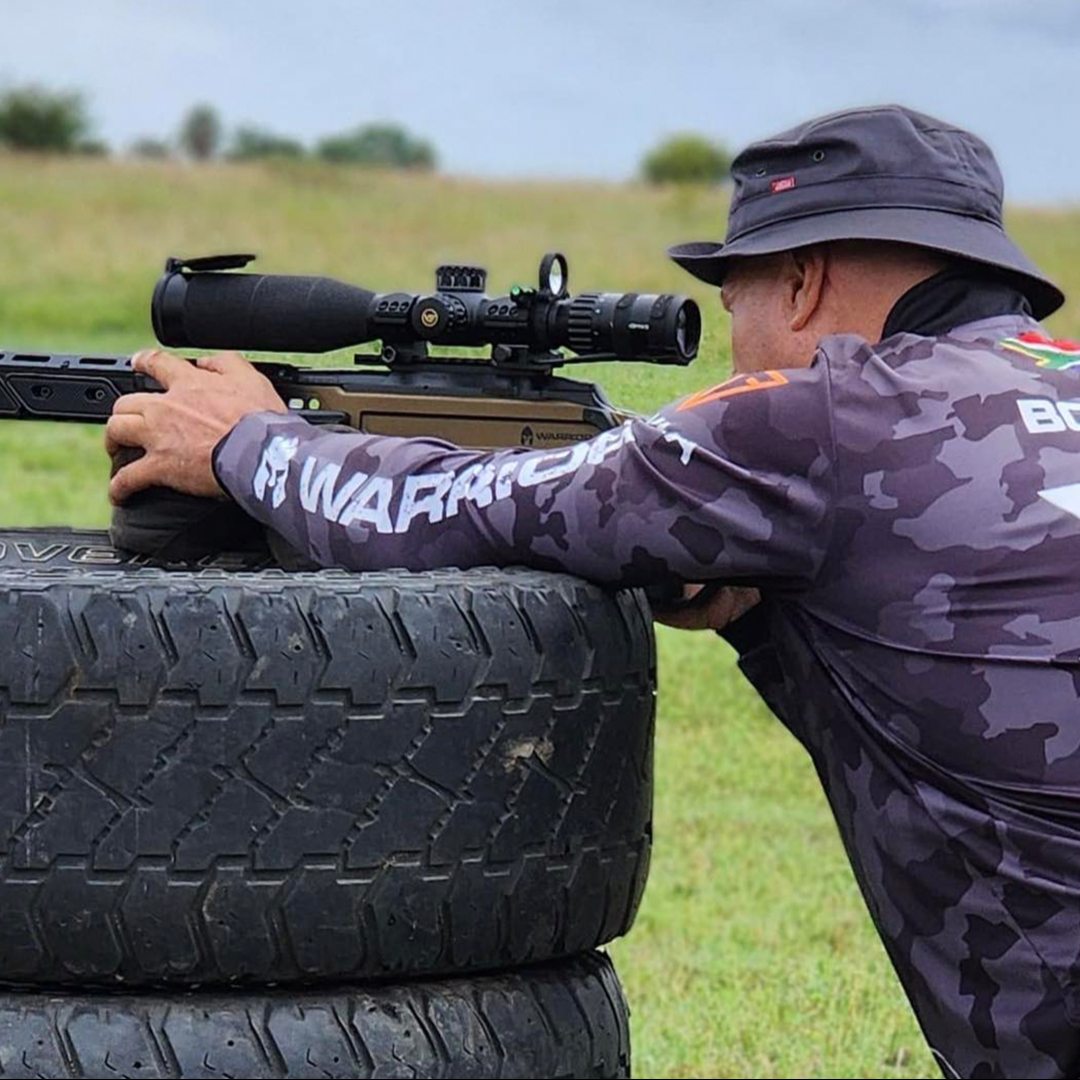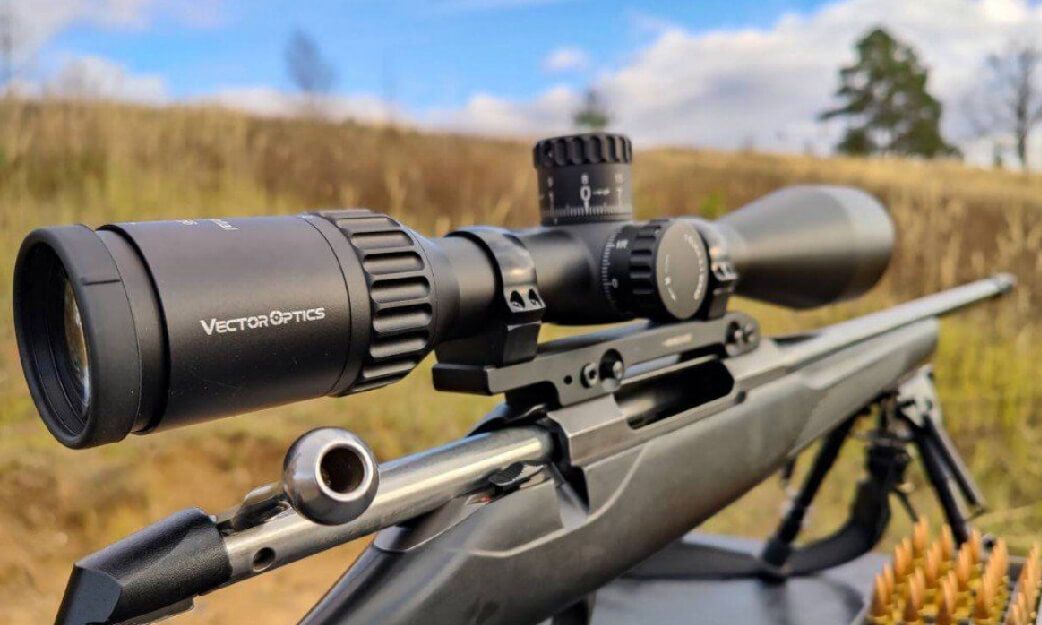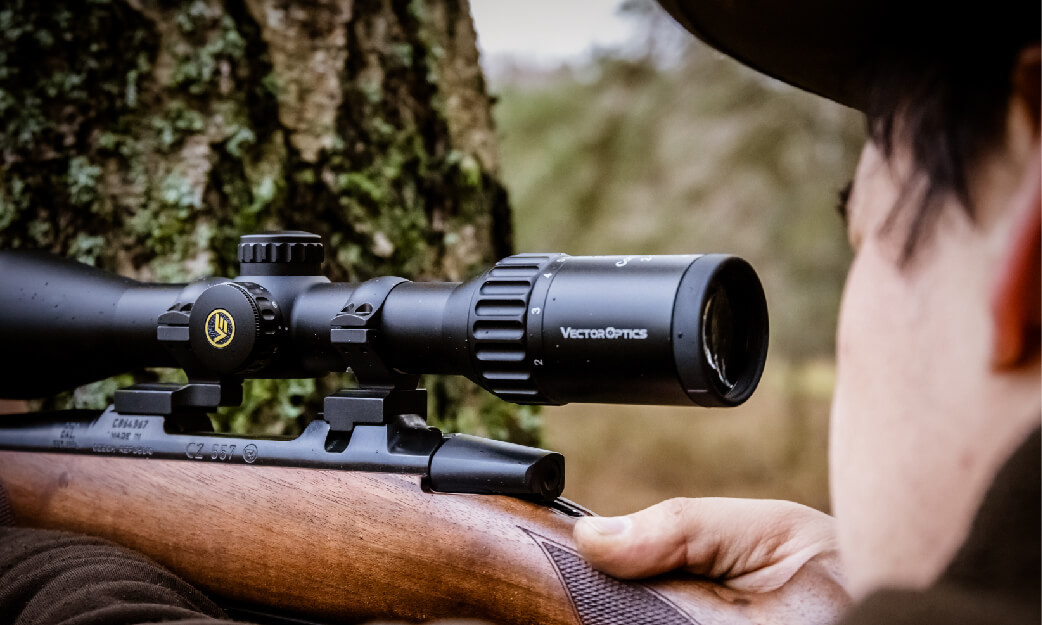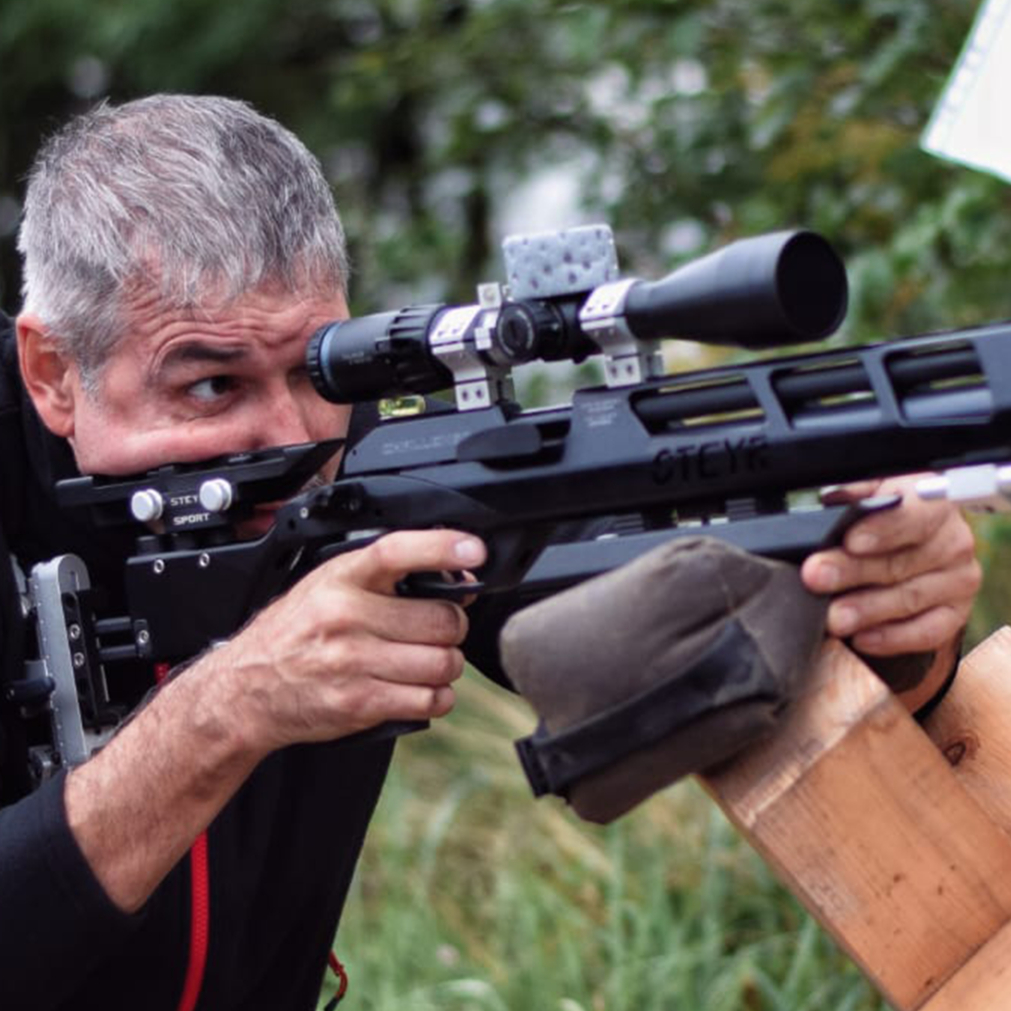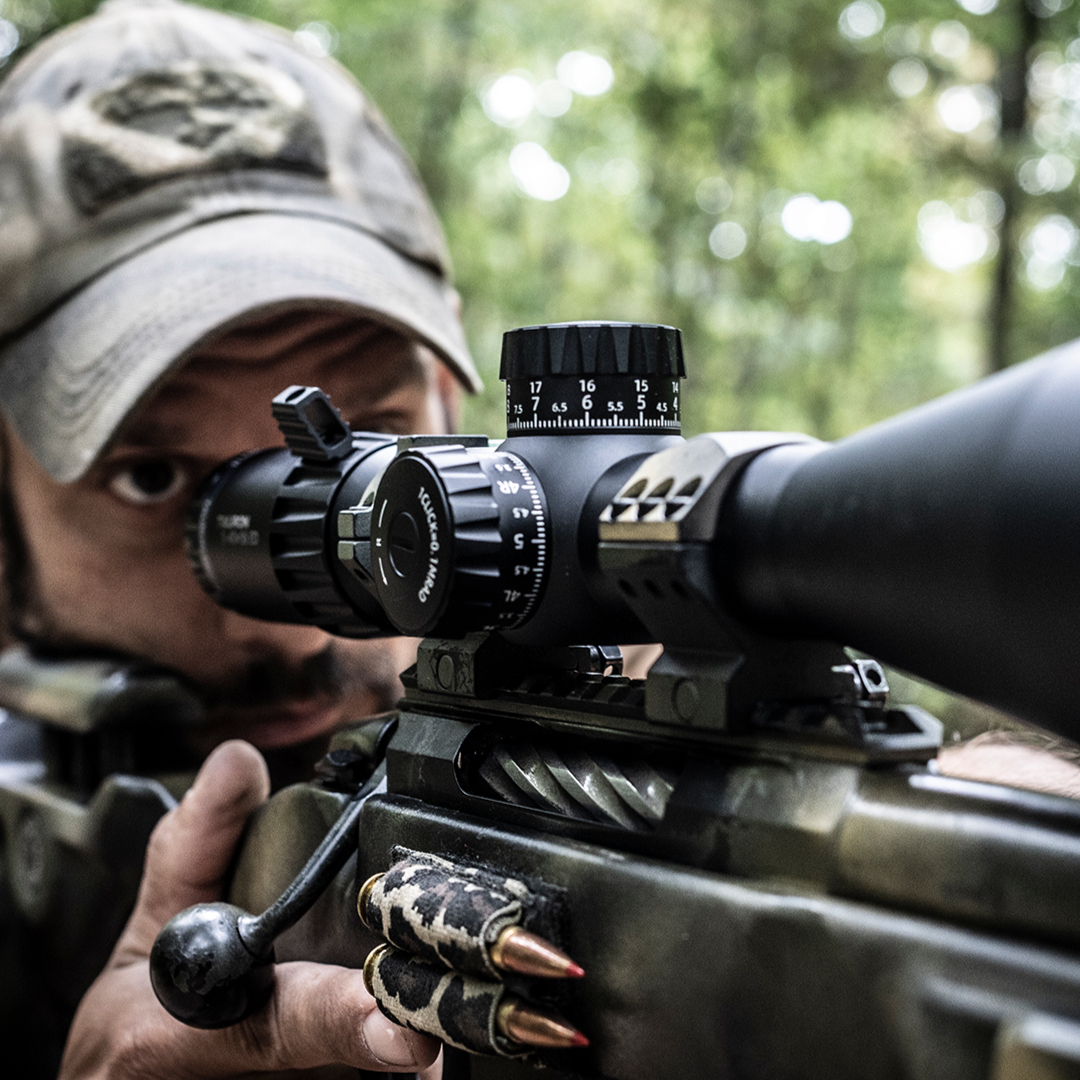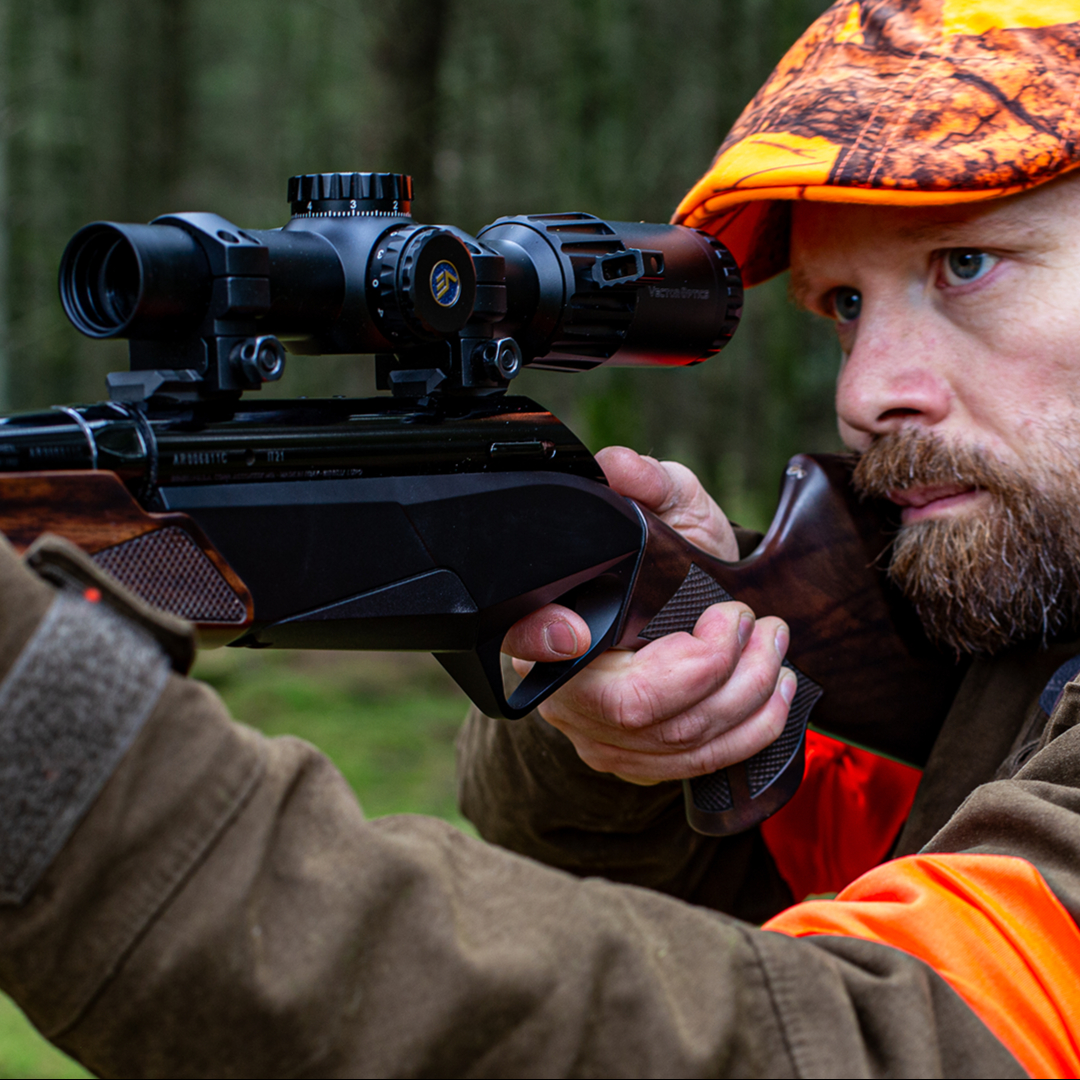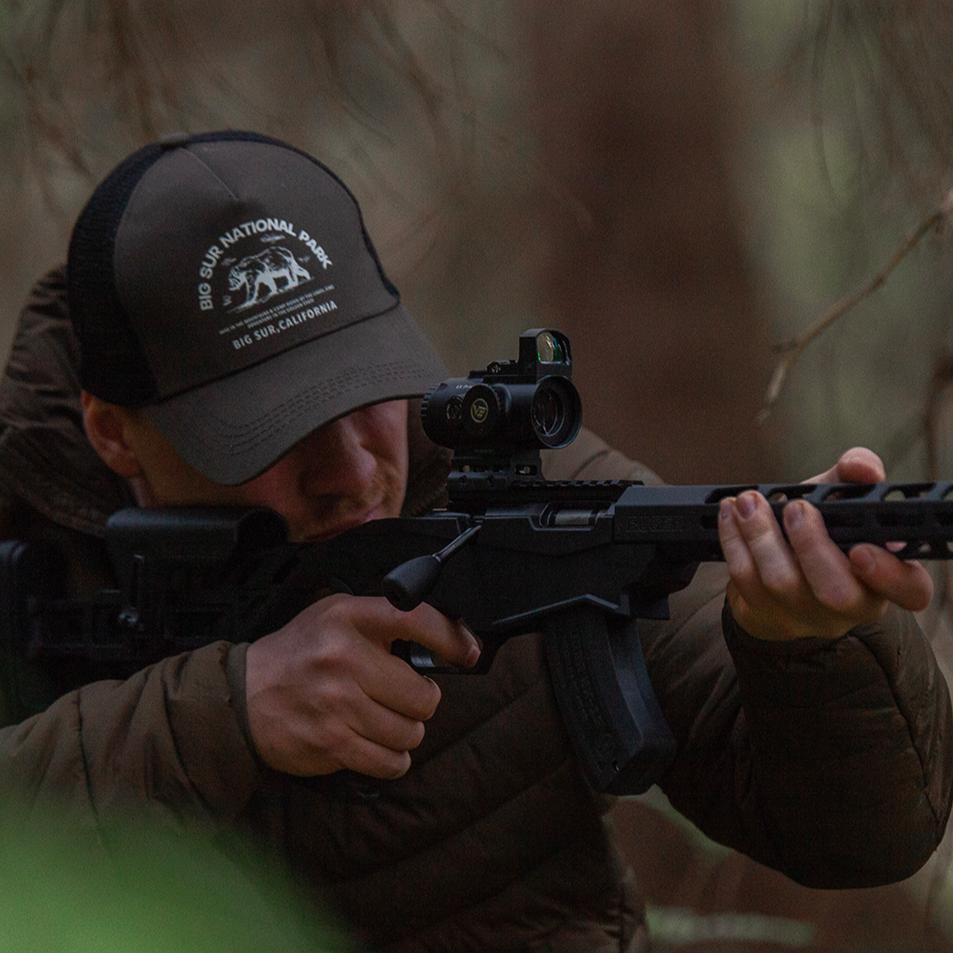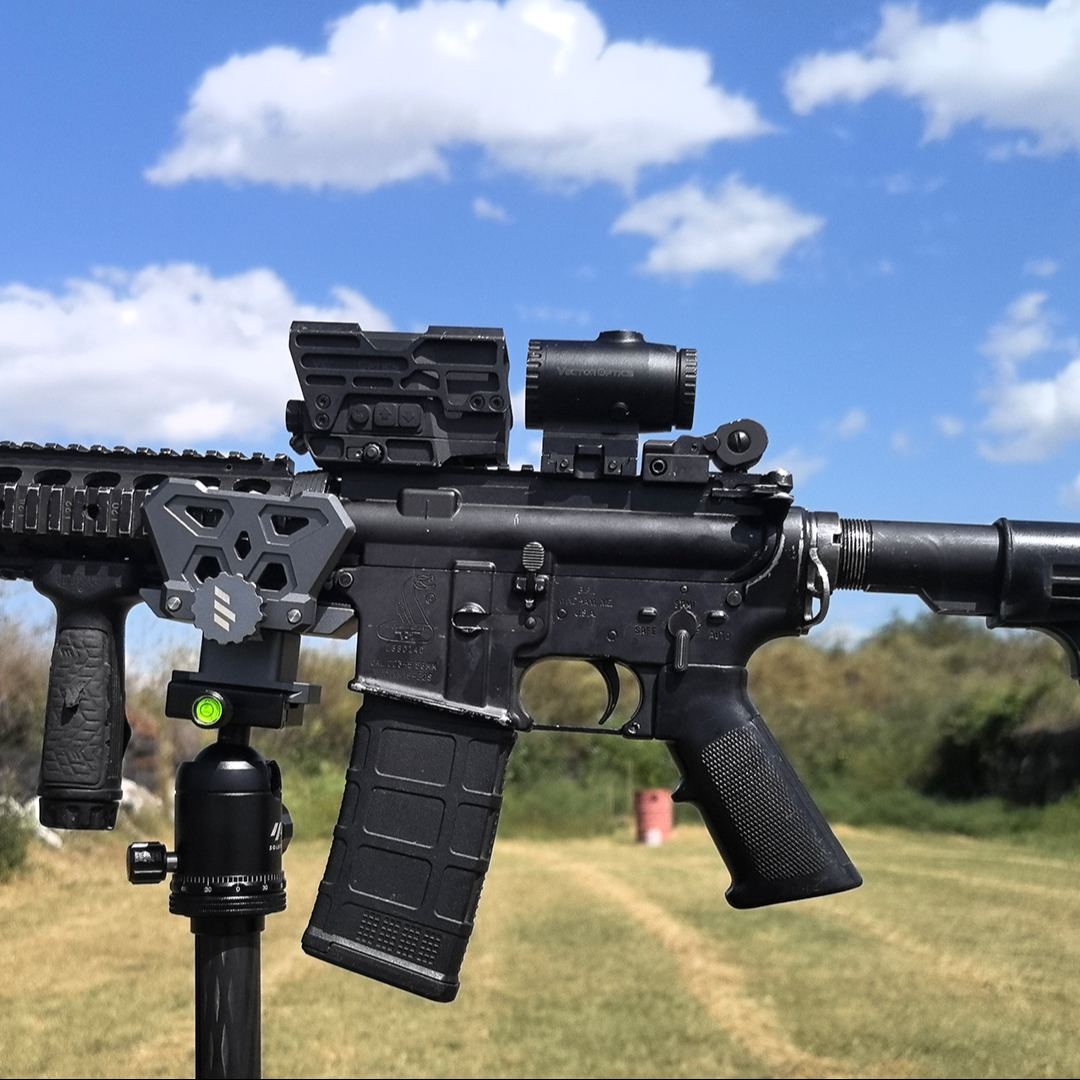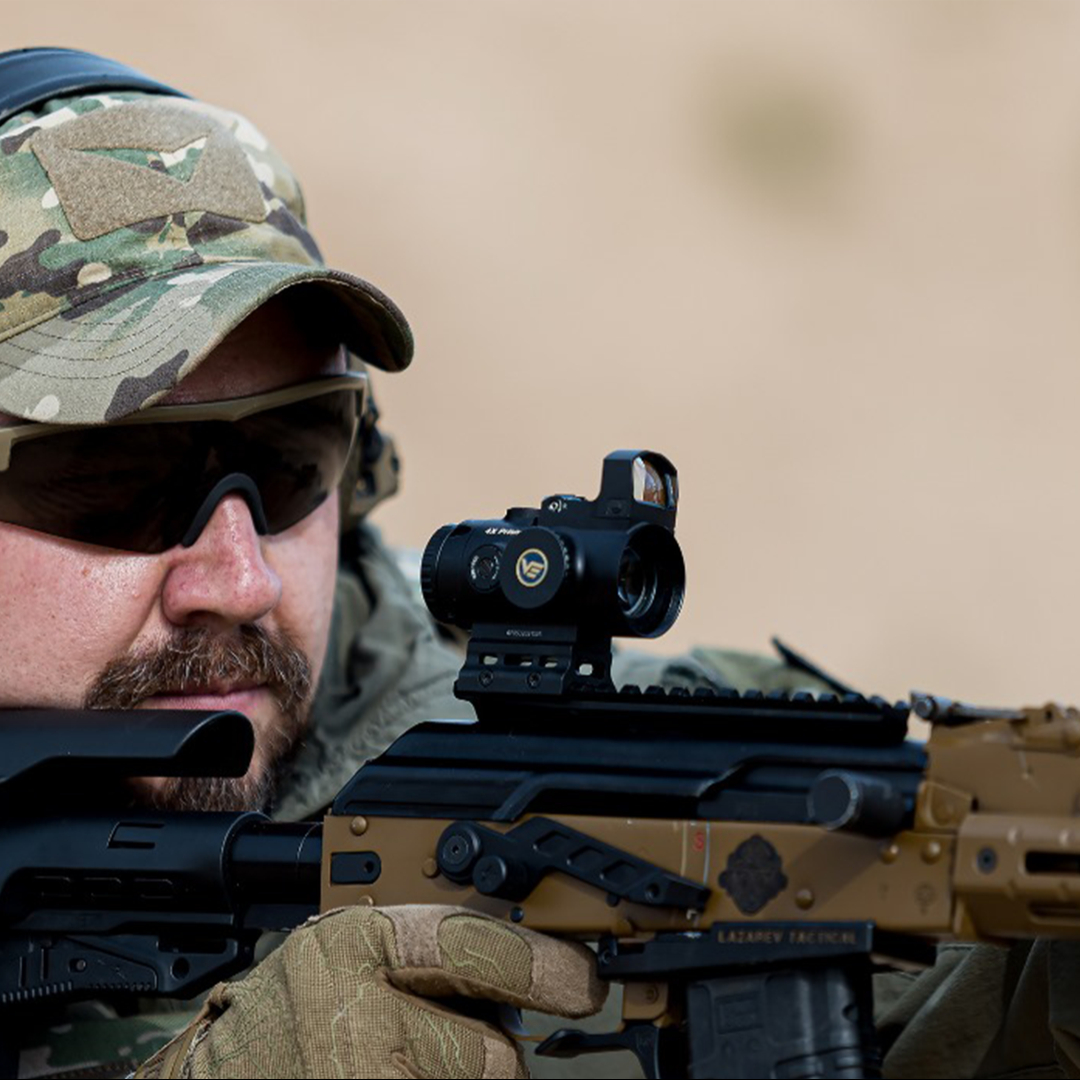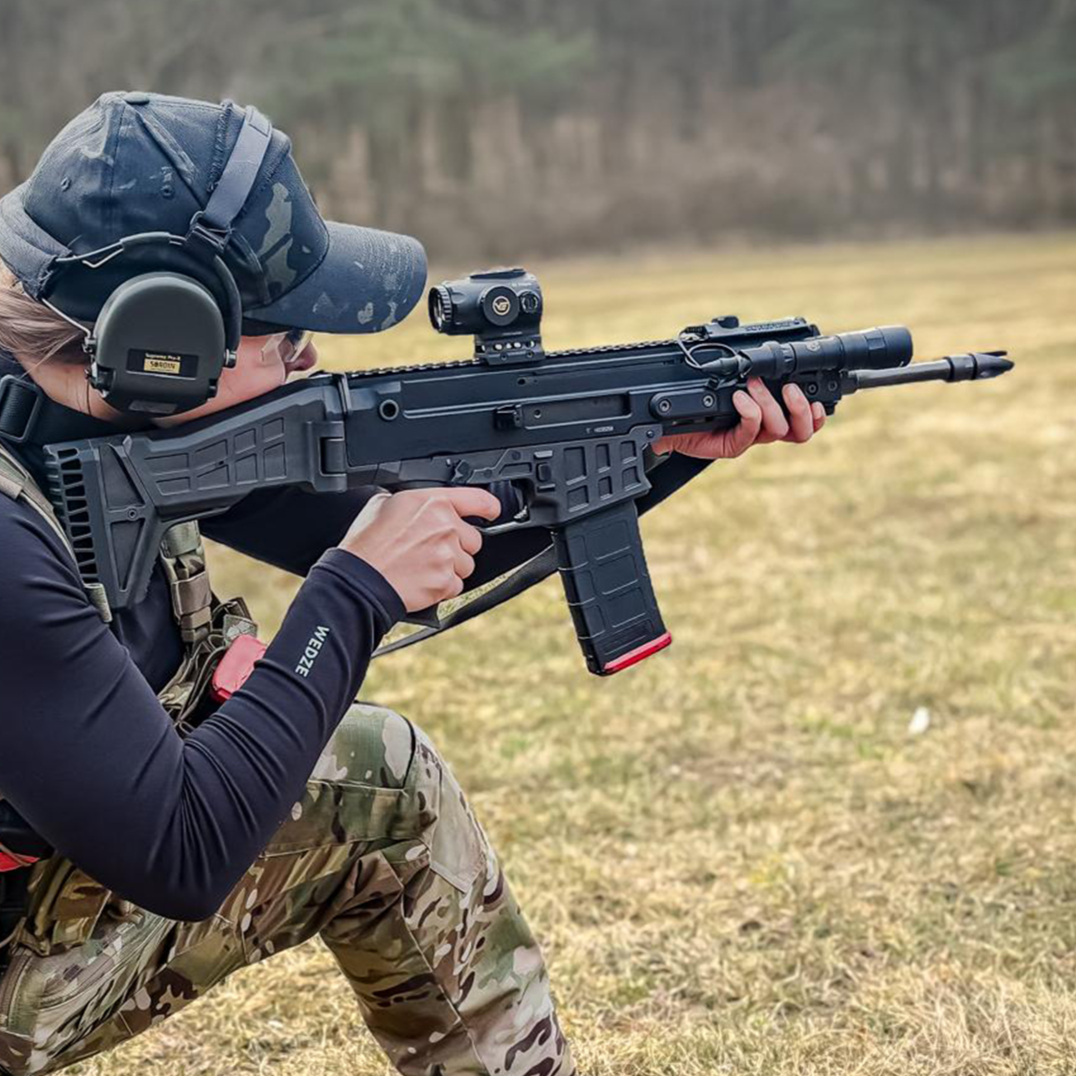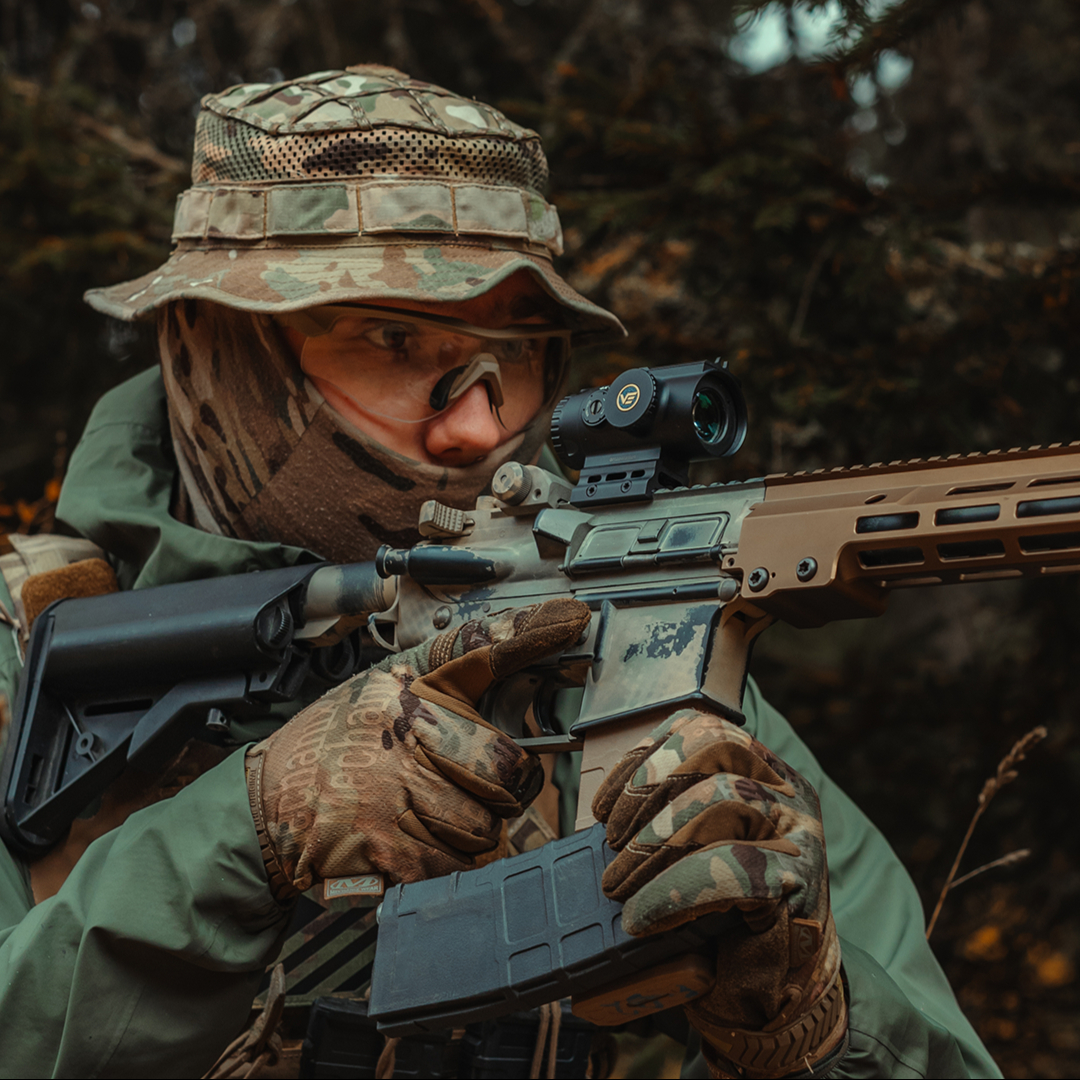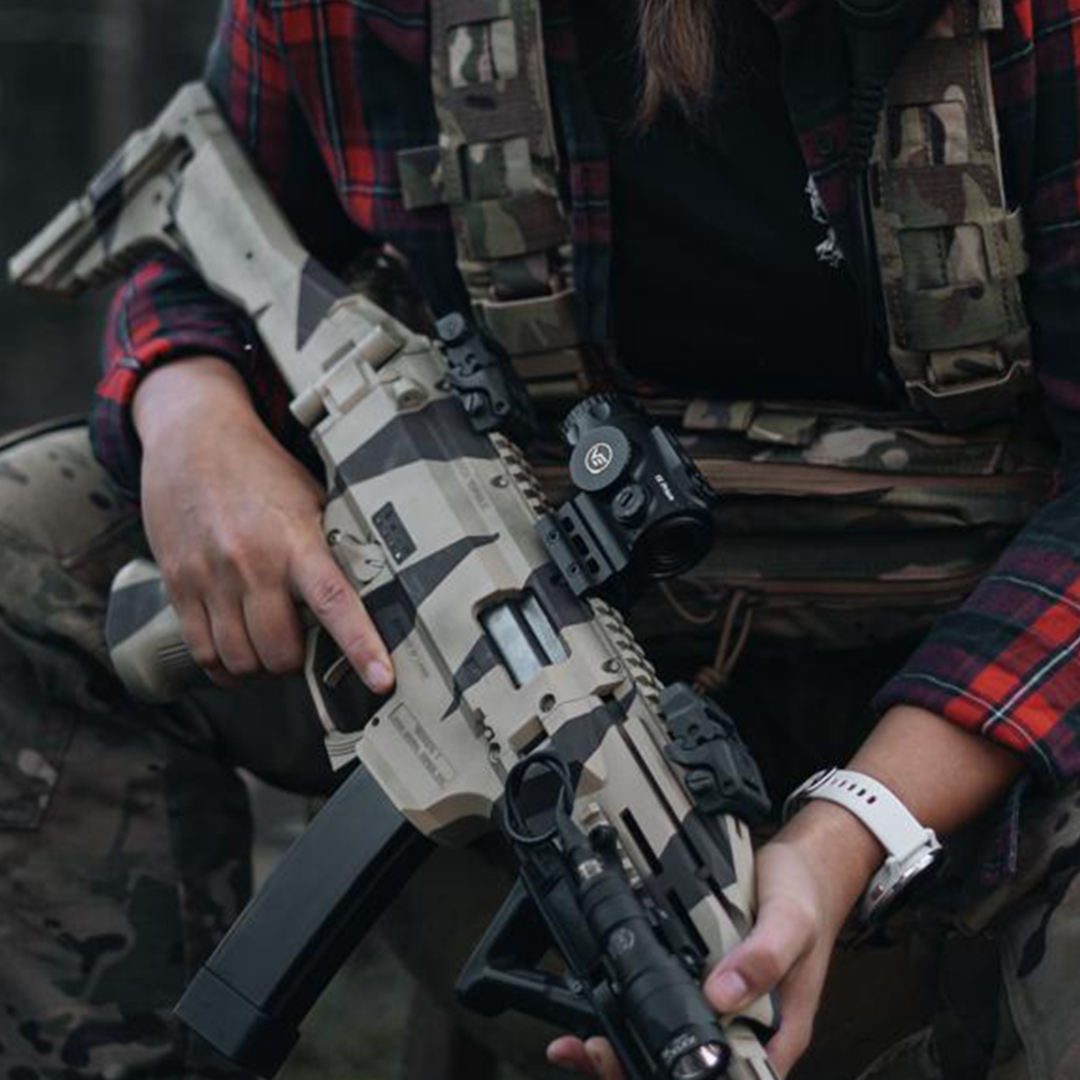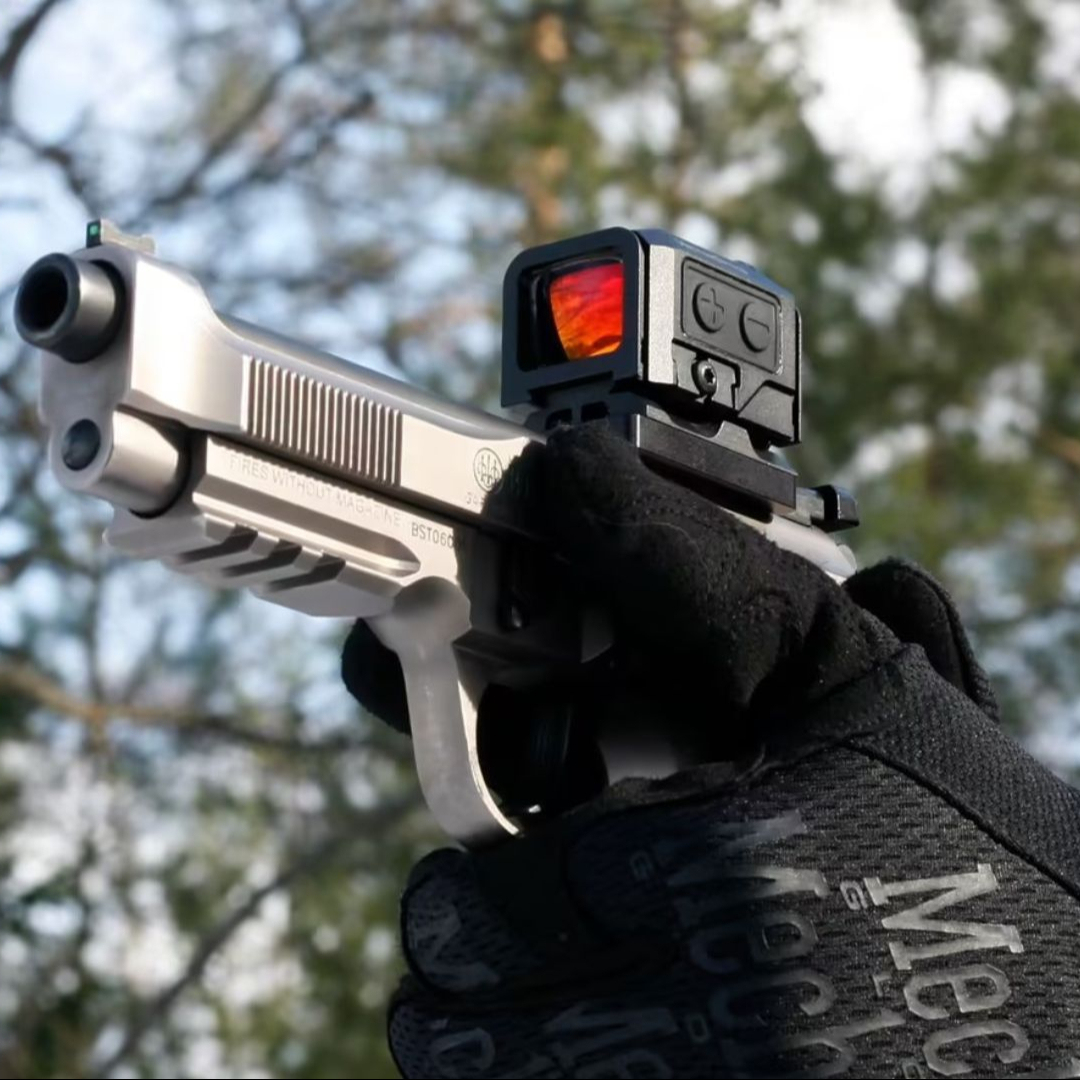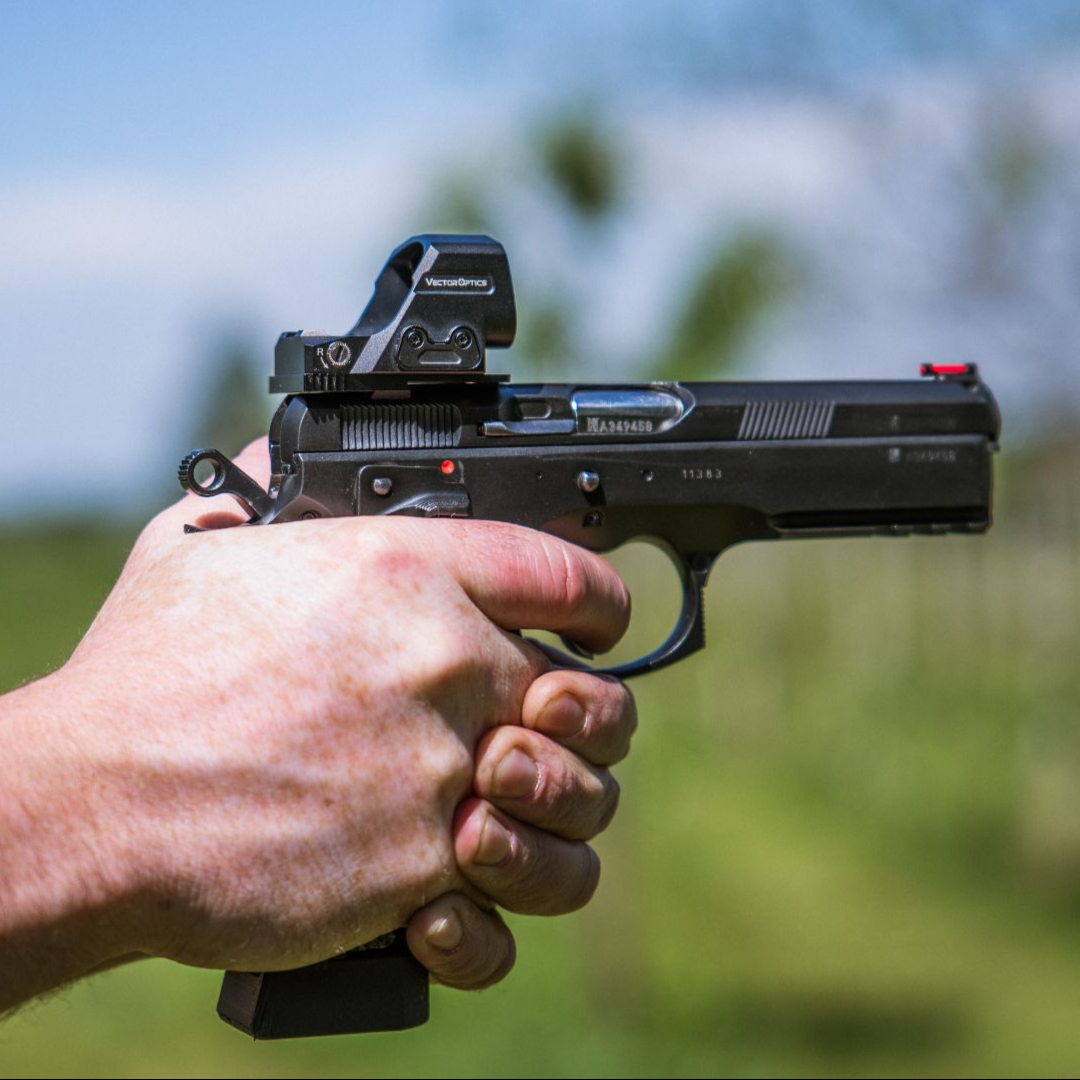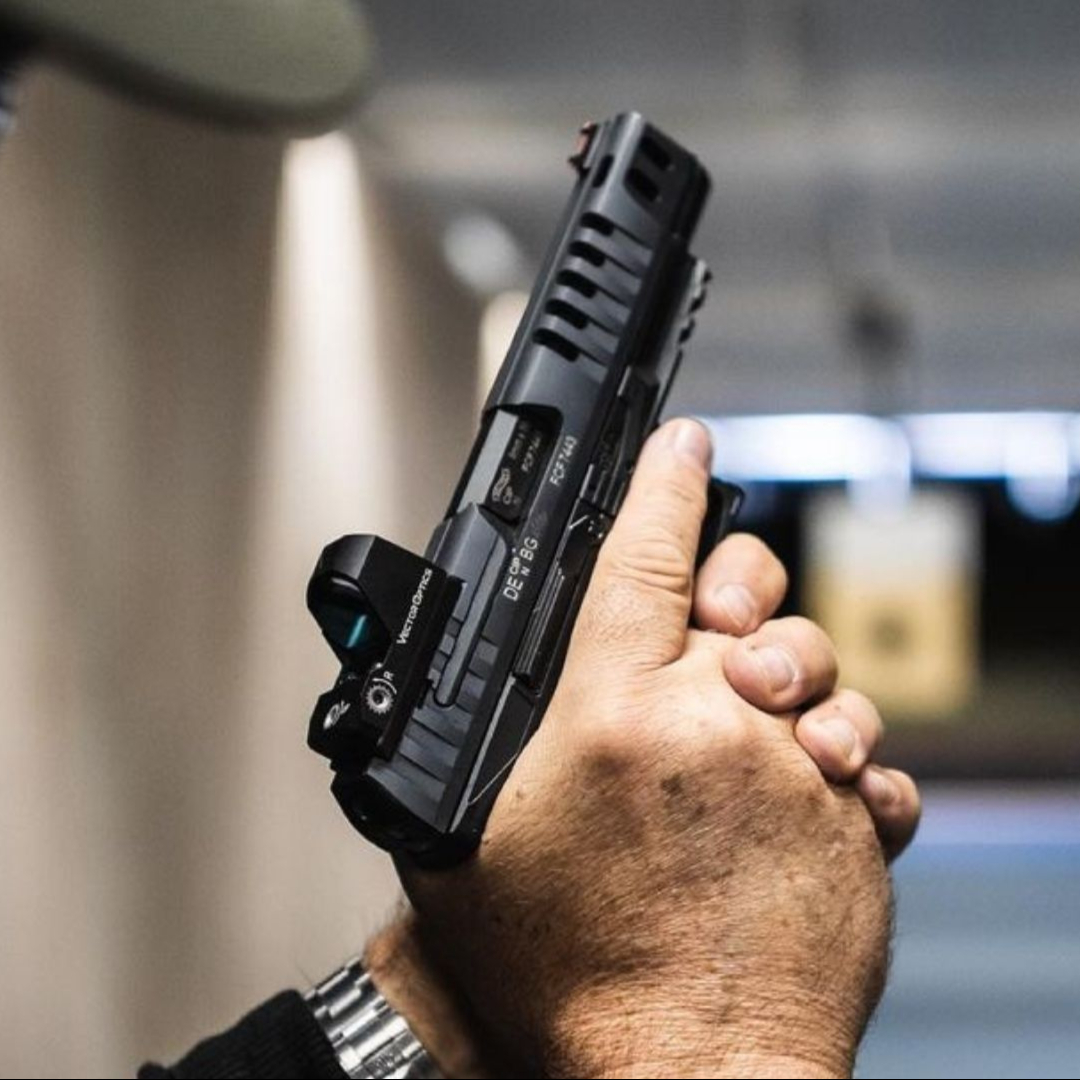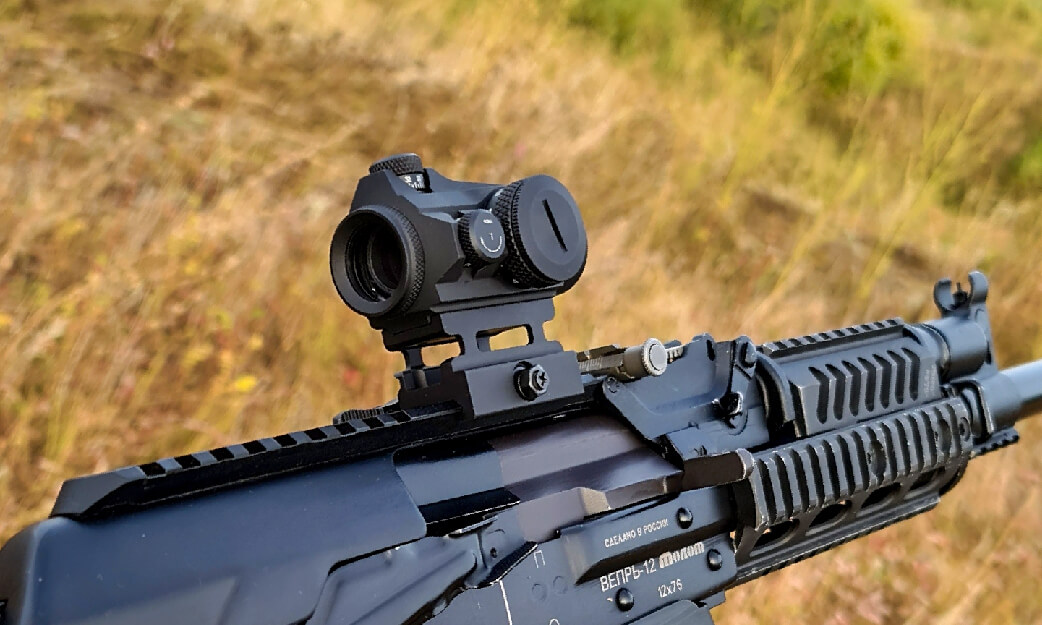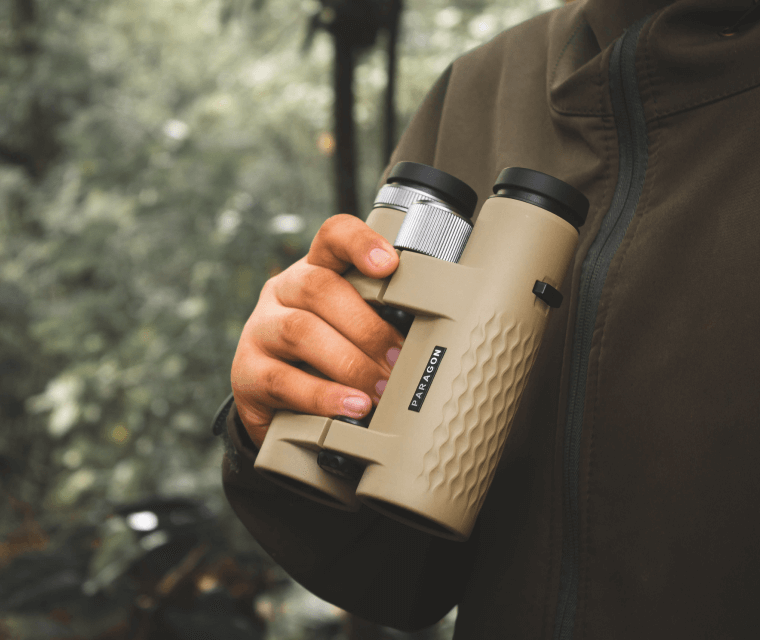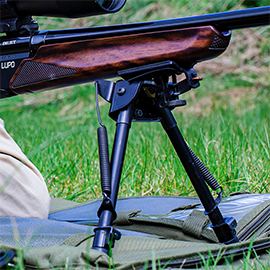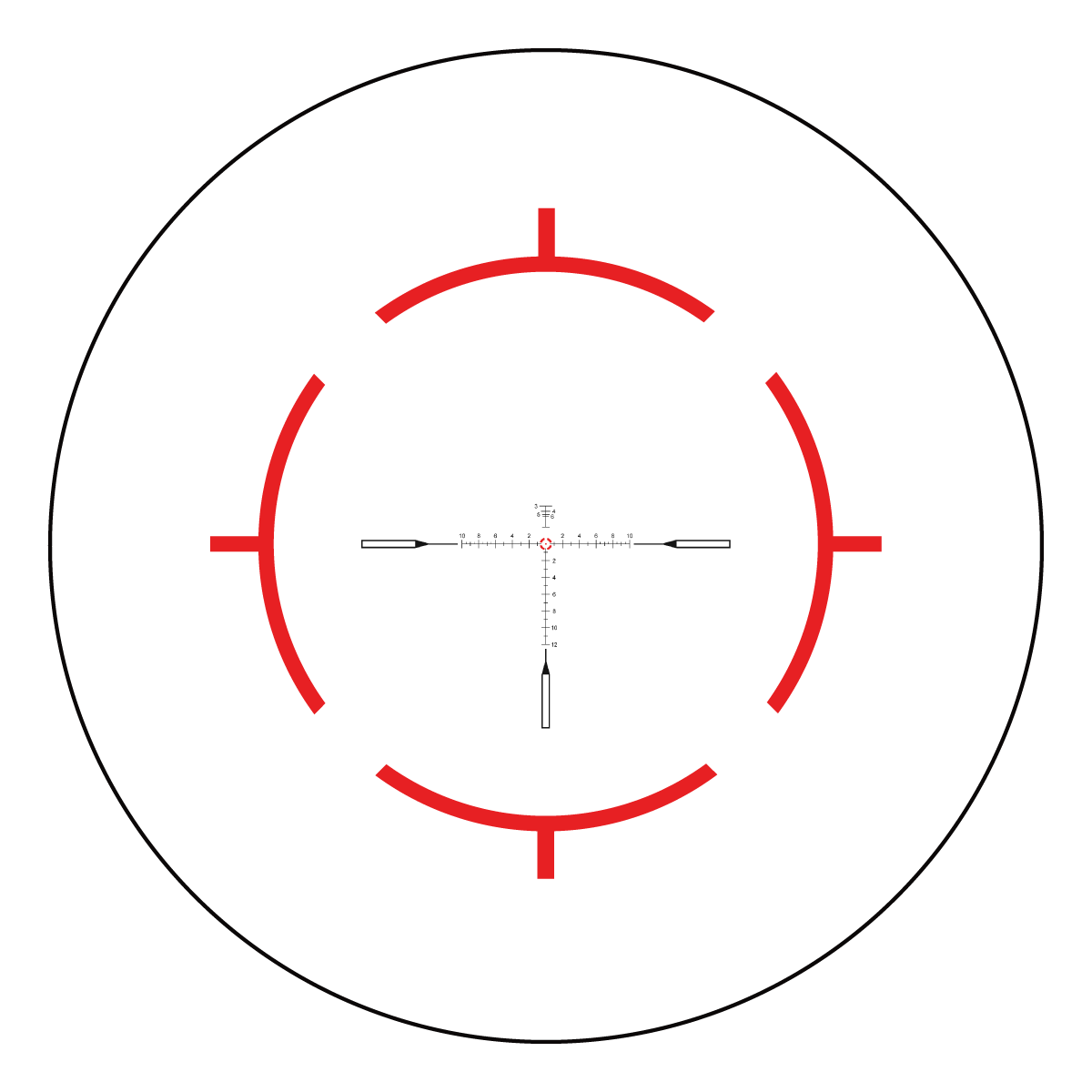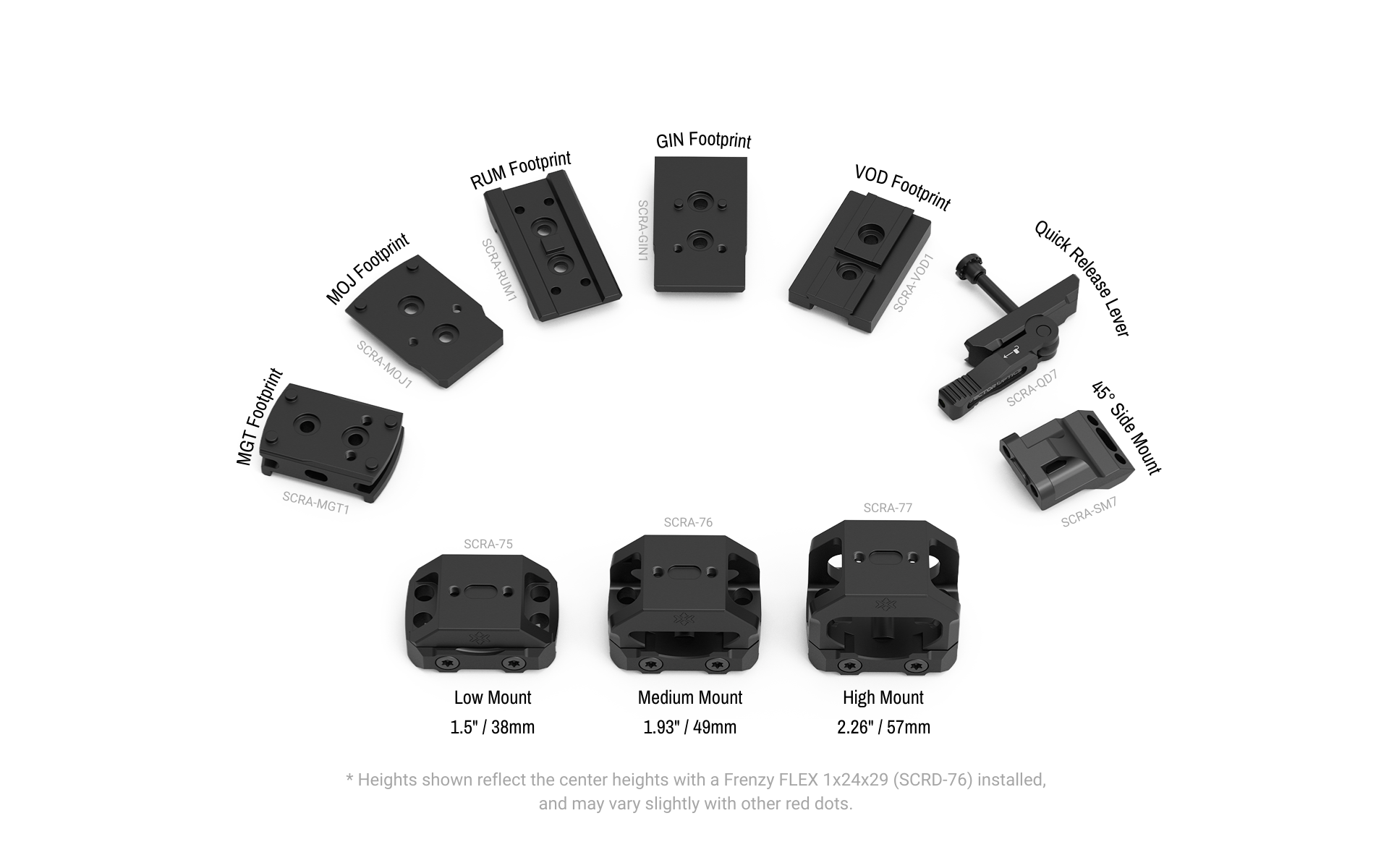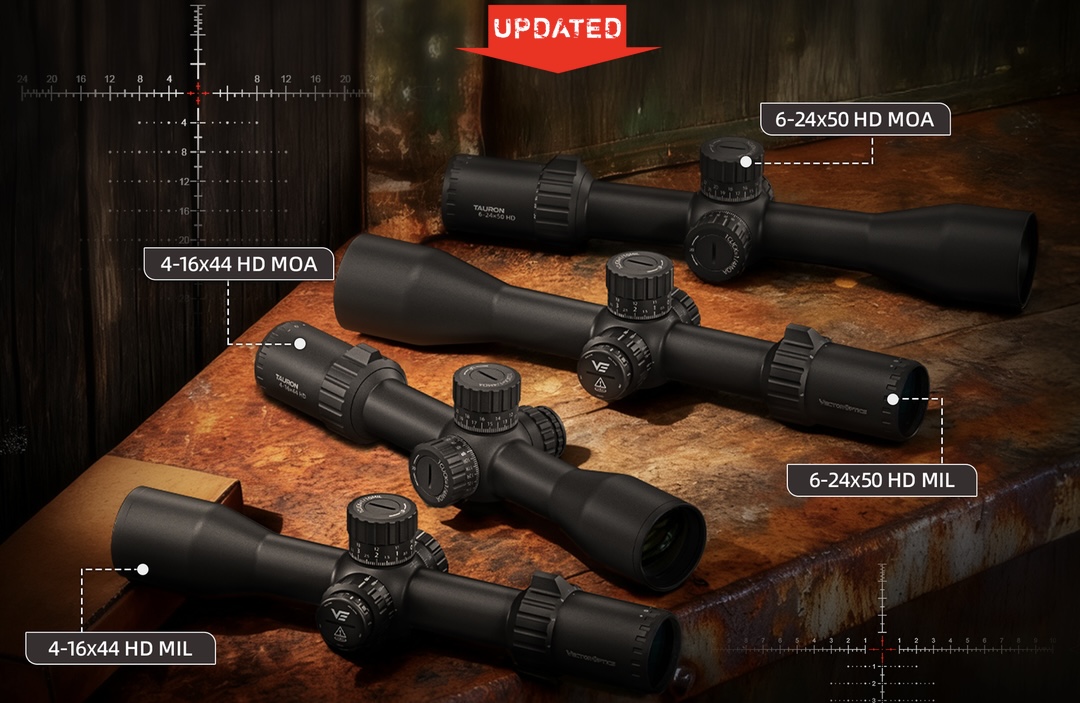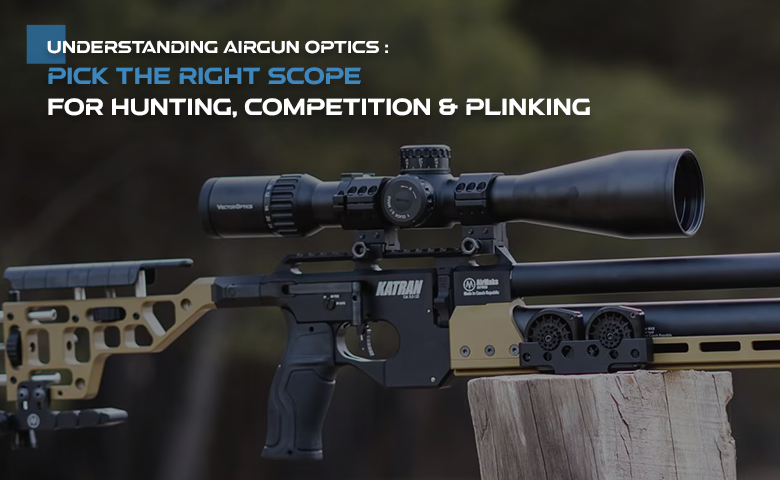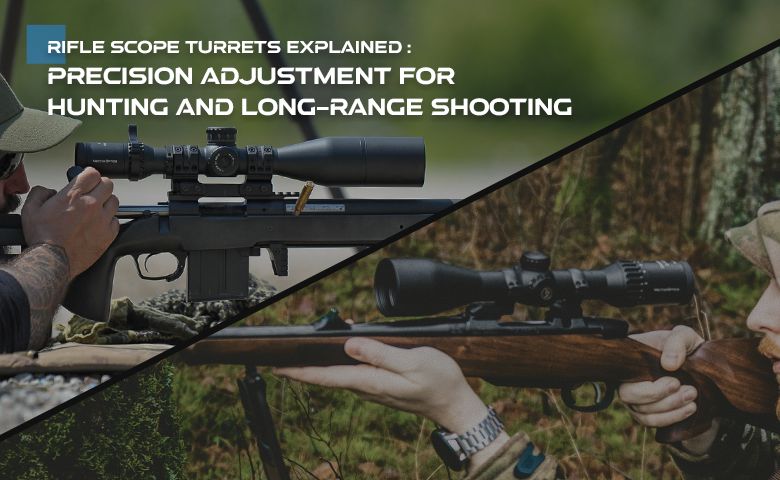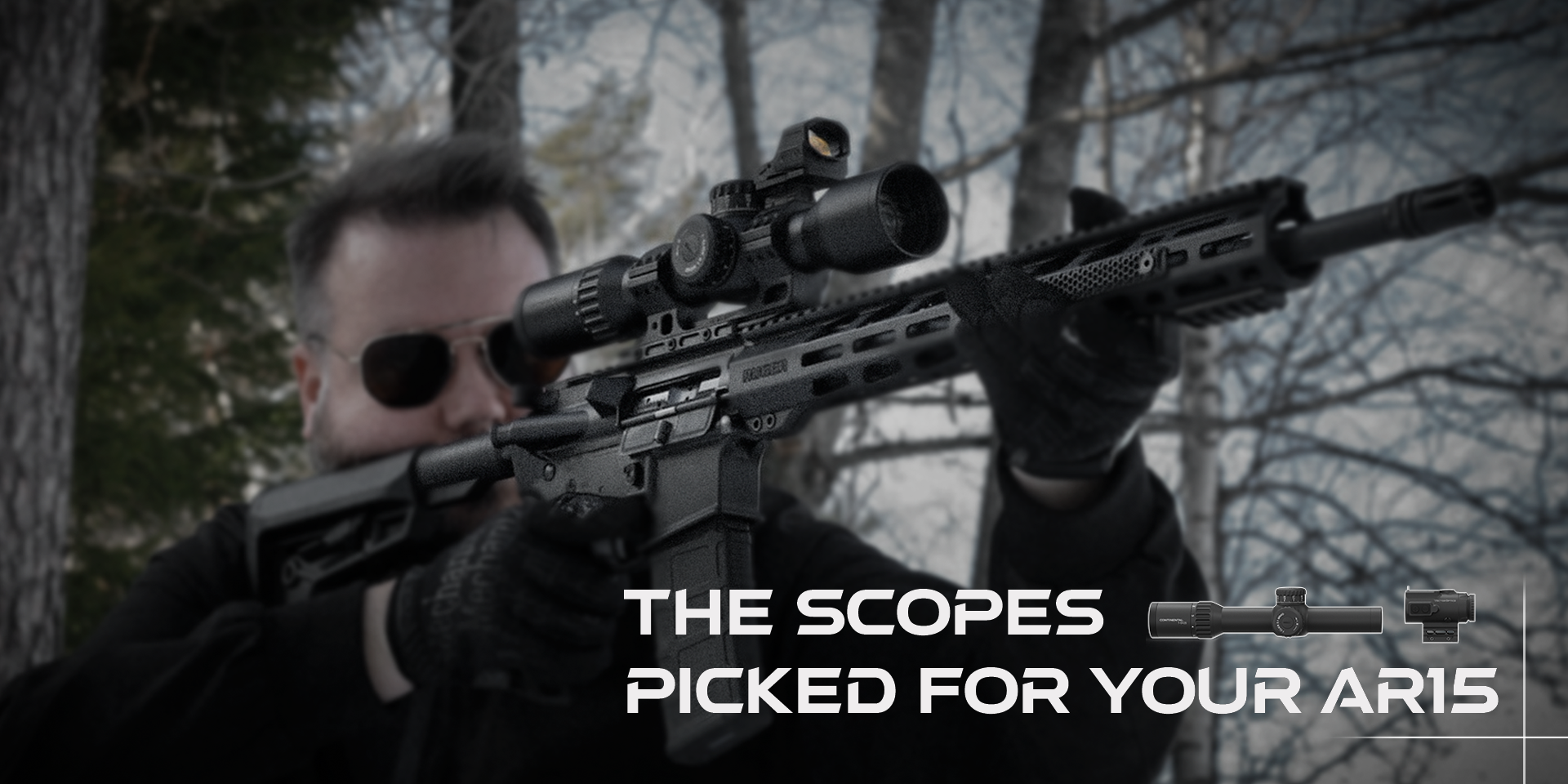Scope mounts and scope rings are the foundation of a reliable rifle setup. Without the right scope mounts and scope rings, even the best rifle and optic can lose accuracy. They keep your scope secure, maintain zero, and ensure consistent performance in hunting, competition, or other use. Now here is a complete guide for you to understand their types, features, and installation.
This guide is divided into three parts (click to view):
Part I: Types and Classifications
Part II: Special Features and Smart Designs
Part III: Choosing and Installing the Right Setup
You are now reading Part II of the series.
Scope mounts and scope rings today are more than just hardware to secure optics—they incorporate smart design elements that enhance precision, comfort, and adaptability across different rifles and shooting styles.
Key examples include canted mounts, cantilever mounts, level mounts, and adjustable rings, each offering unique advantages such as extending elevation range, optimizing scope position, preventing cant errors, or fine-tuning alignment for maximum consistency. Now, let's dive in to explore each of them.
Canted Mounts (commonly 20MOA scope mounts)
Canted mounts are mounts that tilt the scope at a fixed angle to assist with bullet drop compensation at long range. These canted scope mounts are typically sold in various degrees of cant—usually 20, 30, 40 MOA or more—providing built-in elevation adjustment that reduces turret travel and maximizes the scope’s adjustment range for precision shooting. And 20MOA scope mount is one of the most popular mounts.
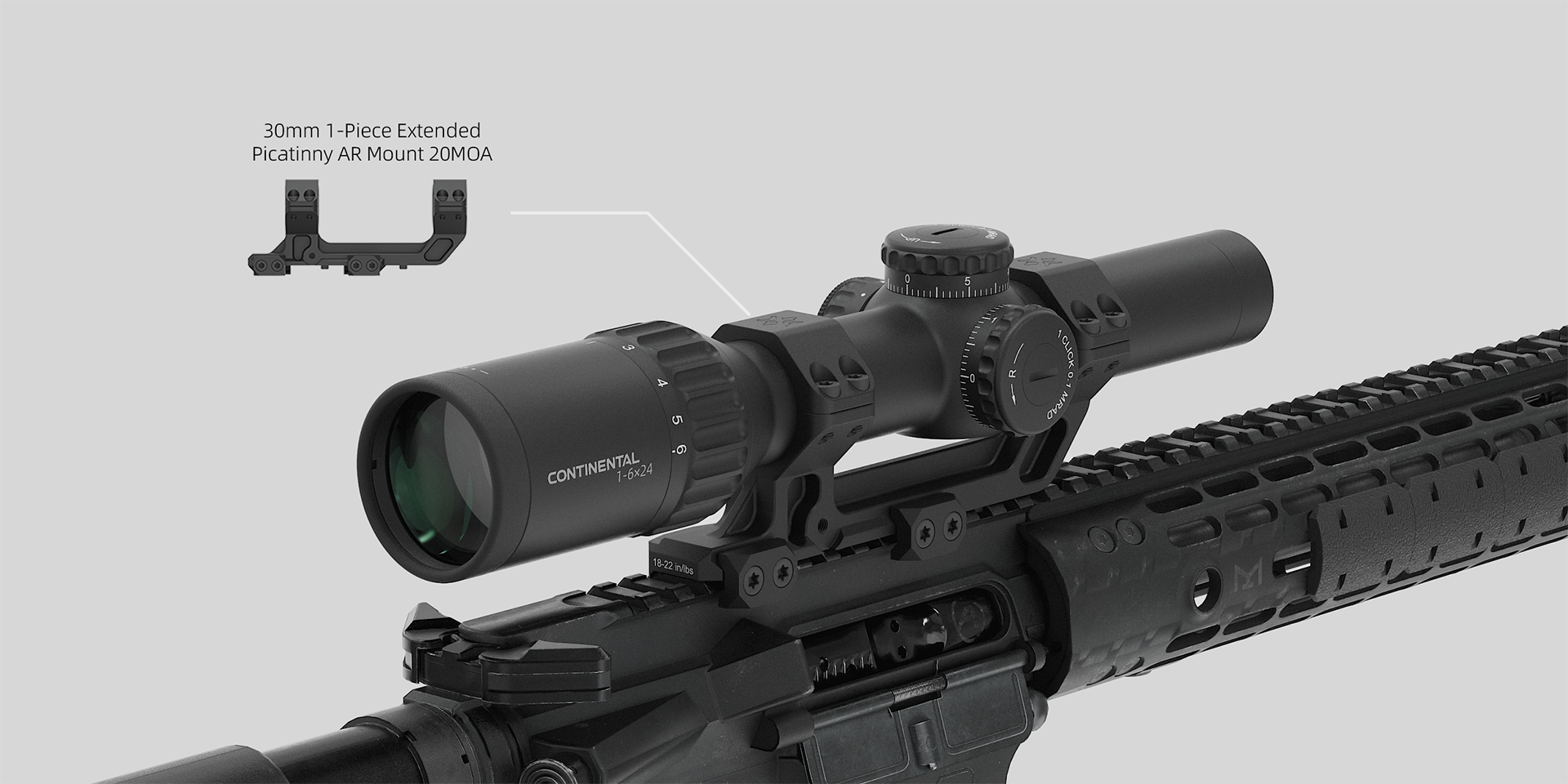
(Canted Mount)
Let’s take a closer look at how a canted mount works. When a bullet is fired, it doesn’t travel in a straight line but follows a curved path due to gravity, resulting in bullet drop as it travels further from the muzzle. For example, using an Aguila 5.56x45mm 55-grain FMJ cartridge, the trajectory is shown below:
Range (yards) | Velocity | Energy | Elevation |
0 | 3,260 fps | 1,298 ft-lbs | -1.5 inches |
100 | 2,896 fps | 1,024 ft-lbs | 1.3 inches |
200 | 2,561 fps | 801 ft-lbs | 0.0 inches |
300 | 2,249 fps | 618 ft-lbs | -6.7 inches |
400 | 1,960 fps | 469 ft-lbs | -20.3 inches |
500 | 1,696 fps | 351 ft-lbs | -42.9 inches |
To compensate for bullet drop, shooters need to adjust their scope’s elevation to match the projectile’s trajectory at different distances. Canted mounts address this challenge by offering a pre-set angle that naturally accounts for elevation loss over distance. For instance, a 20 MOA scope mount already provides a 20 MOA (≈1/3°) upward tilt. Since 1 MOA equals 1/60° of an angle, at 100 yards this corresponds to about 1.047 inches per MOA, meaning a 20 MOA scope mount equates to roughly 20.9 inches of additional elevation adjustment. In practical terms, this extends the usable adjustment range of the scope and reduces the frequency of turret dialing when transitioning to longer ranges.
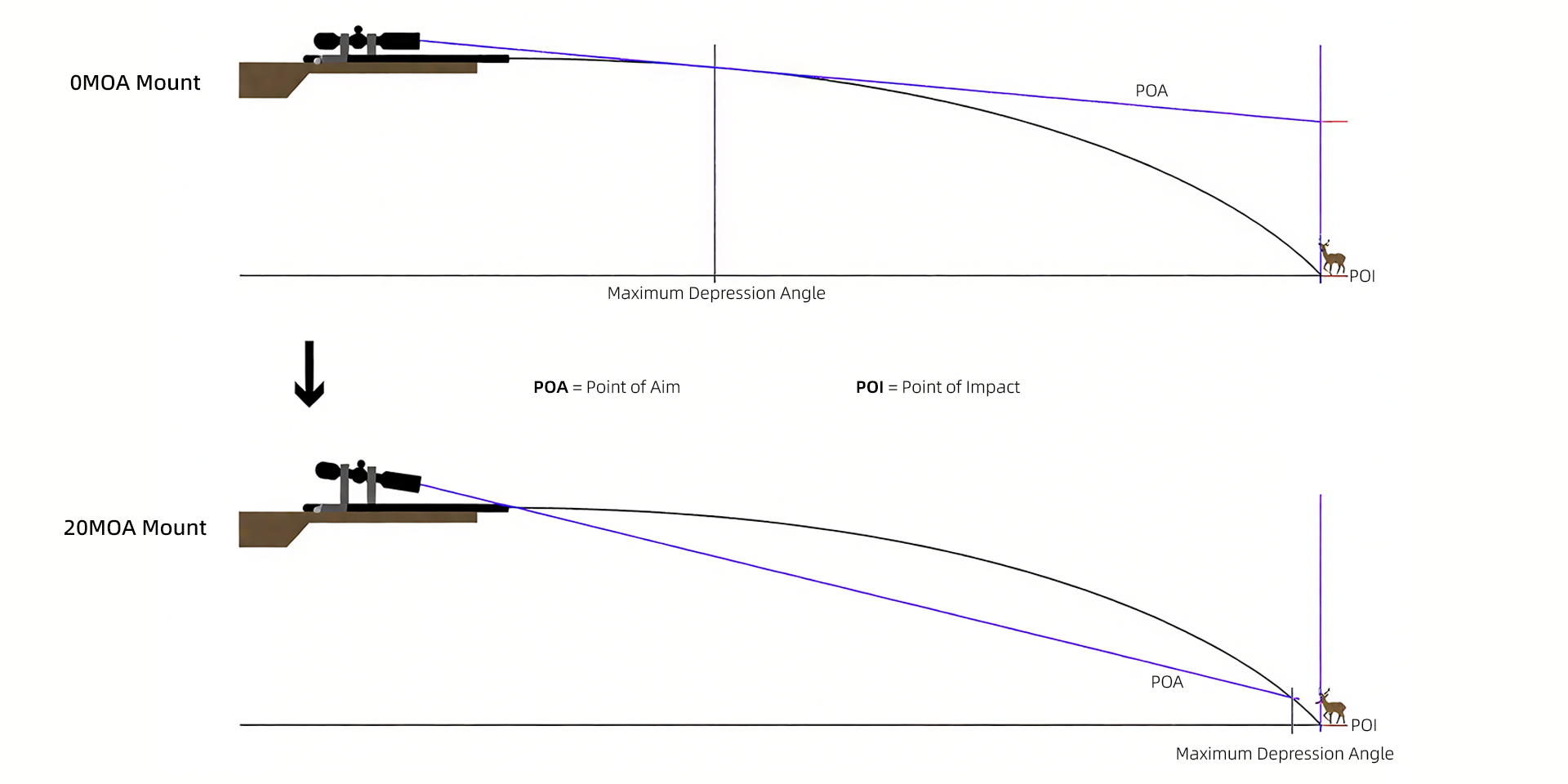
(Canted Mount for Longer Range Shooting)
The degree of cant—commonly 20, 30, or even 40 MOA—directly influences how much elevation is gained. For example, a 30 MOA scope mount provides approximately 31.4 inches of added elevation at 100 yards, which becomes increasingly critical when engaging targets beyond 600 or 800 yards, where bullet drop becomes exponential. By pre-loading the elevation in the mount itself, shooters keep their reticle closer to center, preserving optical clarity and mechanical tracking reliability.
Canted mounts are especially advantageous in long-range precision shooting, competition, and extended-range hunting. They allow shooters to stretch the capabilities of cartridges like the 5.56×45mm NATO, .308 Winchester, or 6.5 Creedmoor without maxing out turret travel. In tactical scenarios, these mounts also simplify rapid engagements across varying distances by minimizing the need for constant scope adjustments.
More generally, canted mounts can include any mounting system with a fixed tilt—sometimes as steep as 5° or 10°—designed not only to aid ballistic compensation but also to facilitate rapid reticle switching or alternative range estimation methods. This combination of extended elevation adjustment, reticle alignment, and shooter convenience makes canted mounts a cornerstone accessory for modern long-range platforms.
Cantilever Mounts
Cantilever mounts are designed to extend the scope forward, these mounts improve comfortable eye relief, especially on compact rifles like the AR-15, allowing the shooter a better natural shooting position, which has been discussed above. So, it is a perfect match for AR-15 rifles.
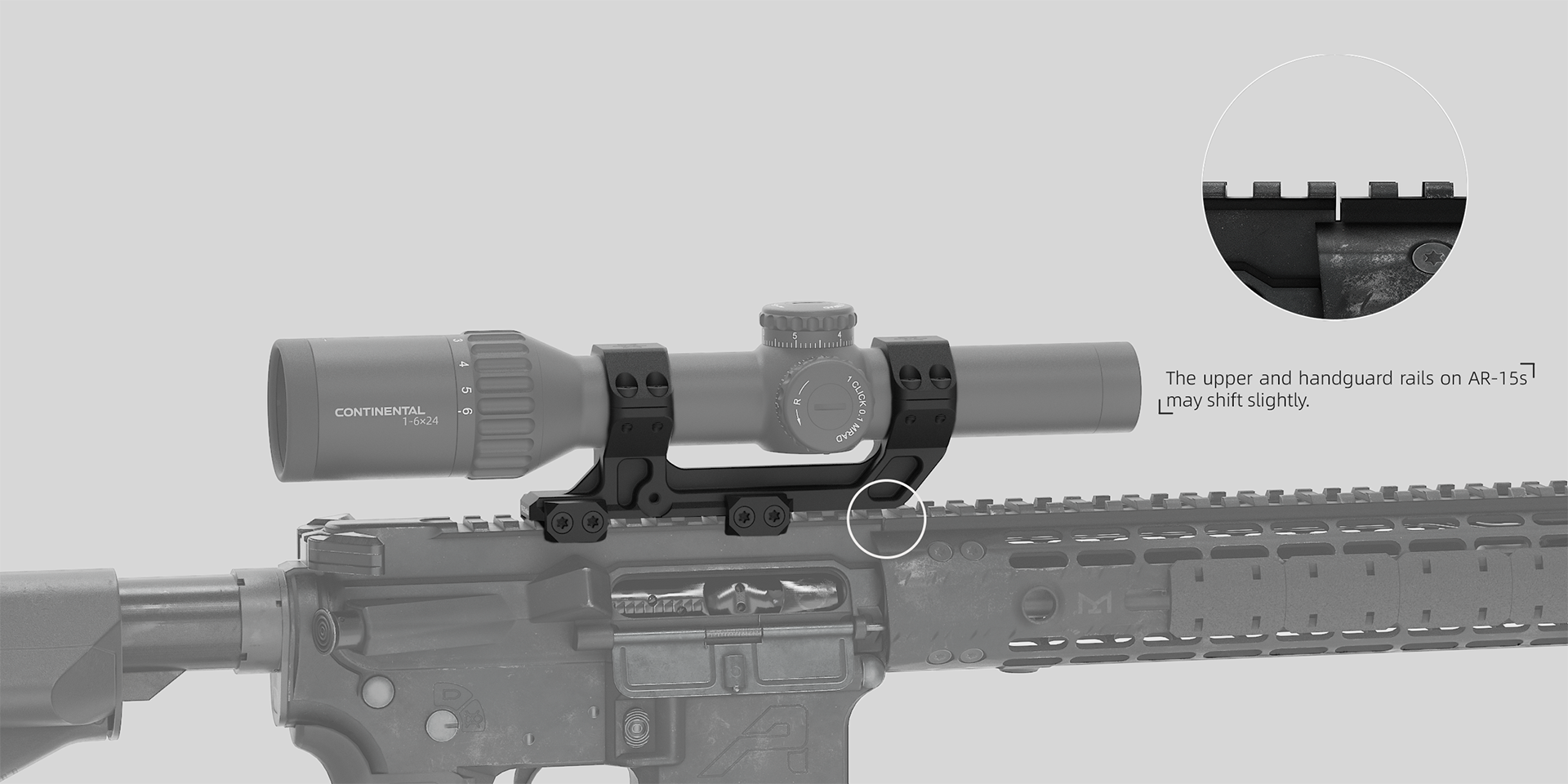
(Cantilever Mount on AR-15s Extending LPVOScope Forward for Proper Eye Relief)
For AR-15 scope mounts and AR-15 scope rings, 30mm 1-Piece Extended Picatinny AR Scope Mount (XASR-3031), 30mm 1-Piece Extended Picatinny AR Scope Mount 20MOA (XASR-3032) are highly recommended for you.
Additionally, a variation of these mounts features one cantilever ring and one standard ring. This design provides the benefit of extended eye relief while keeping the mount stable. It’s especially useful on rifles with shorter rails, ensuring a more ergonomic setup without compromising performance. For this type of setup, the 30mm 1.25in Cantilever Dovetail Rings (XASR-3017) offer precise cantilever positioning and secure installation, making them ideal for rifles with limited rail space.
Level Mounts
Level mounts integrate bubble or spirit levels to help shooters maintain a perfectly horizontal rifle, preventing canting errors that can impact accuracy at long range.
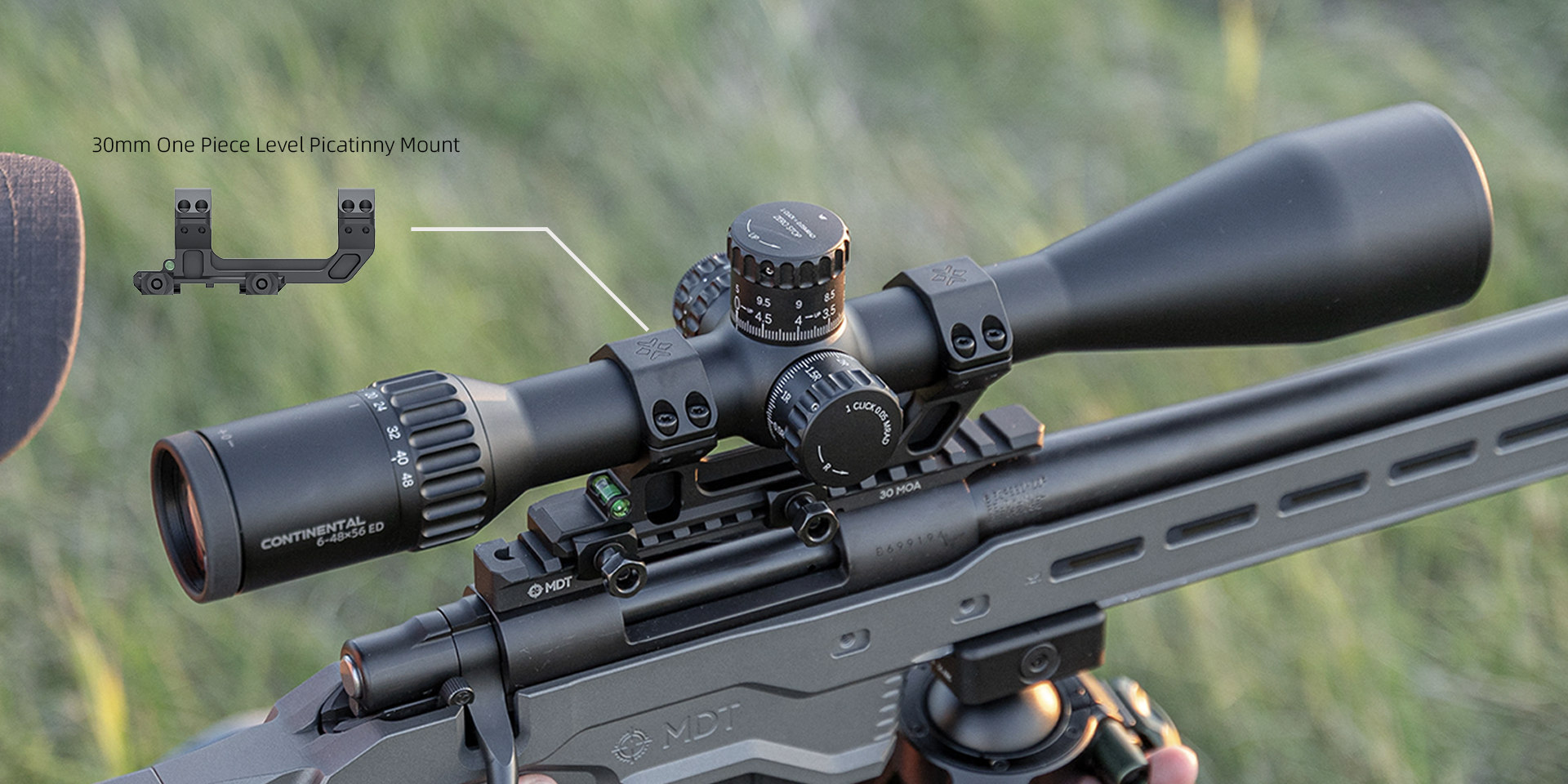
(Level Mount)
They also assist in maintaining proper alignment during shots at varying elevation or tilt angles, ensuring consistent point of impact regardless of rifle orientation.
Adjustable Rings
These mounts feature rings that can be adjusted for height, offering a flexible solution that mimics the functionality of a canted mount. The adjustment allows for fine-tuning the reticle's positioning, especially in situations where a fixed cant is not ideal. By adjusting the height of the rings, shooters can compensate for bullet drop at long ranges without needing to rely on a canted mount, making it a versatile choice for a variety of rifles.

(Adjustable Rings)
For a flexible and reliable mounting solution, the X-Accu 30mm Adjustable Picatinny Rings (XASR-3040) provide precise elevation height adjustment from 33mm to 36mm.
This article is Part II of our three-part series on scope mounts and scope rings. If you missed Part I: Types and Classifications, start there, and don’t miss Part III: Choosing and Installing the Right Setup.
For dependable performance, choose VE’s X-Accu Series delivers durable, high-performance options—from lightweight hunting mounts to advanced precision designs.







